El Paso's Homegrown: World War II
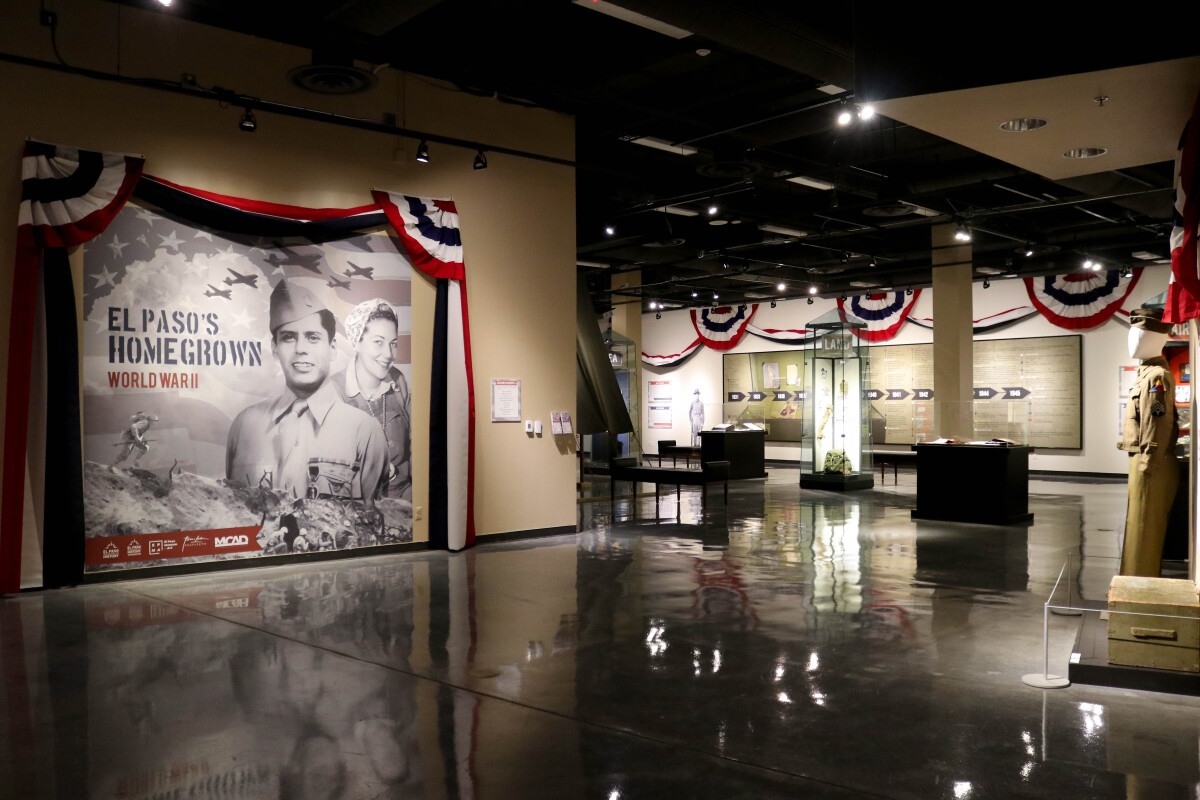
El Paso's Homegrown: World War II
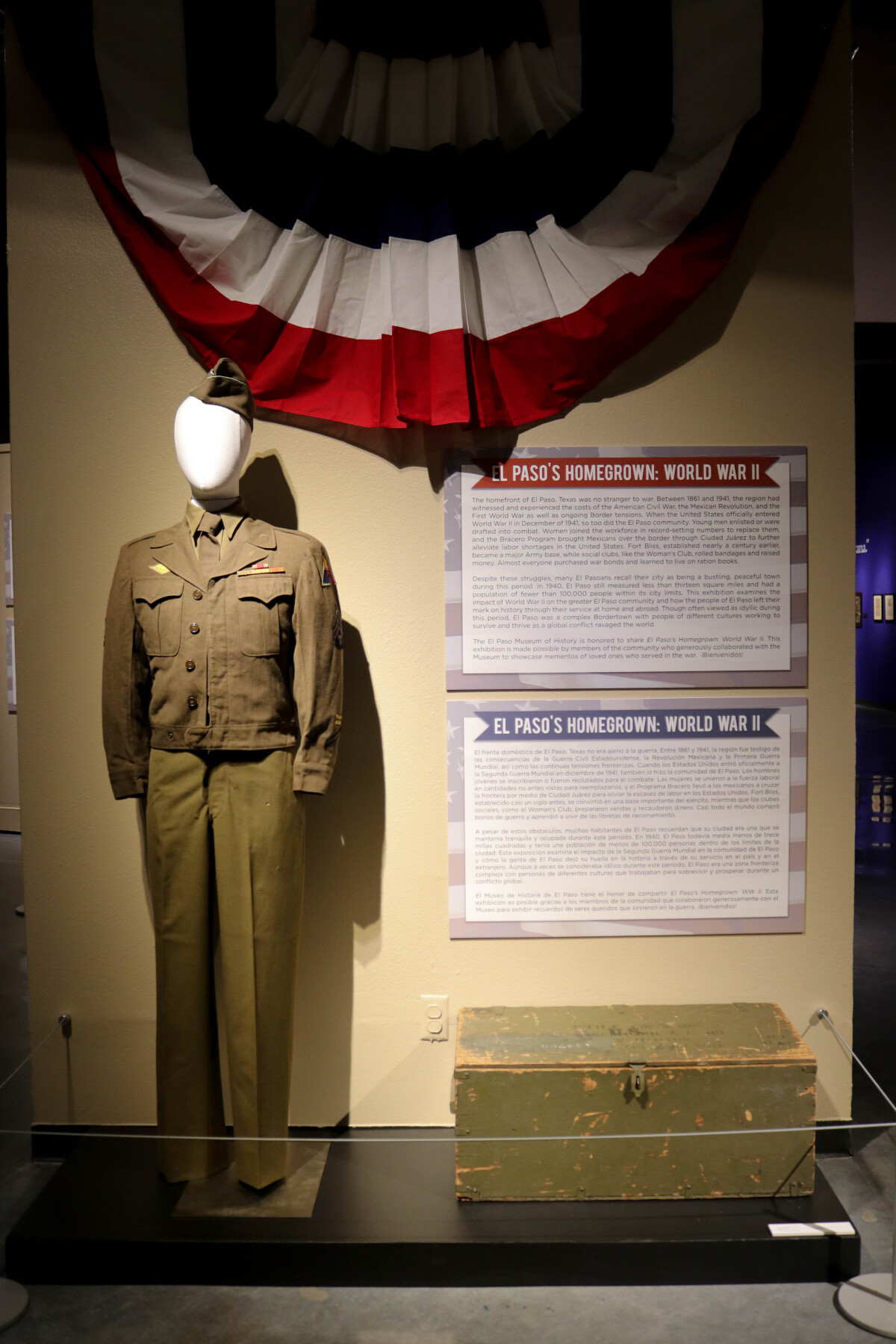
El Paso's Homegrown: World War II
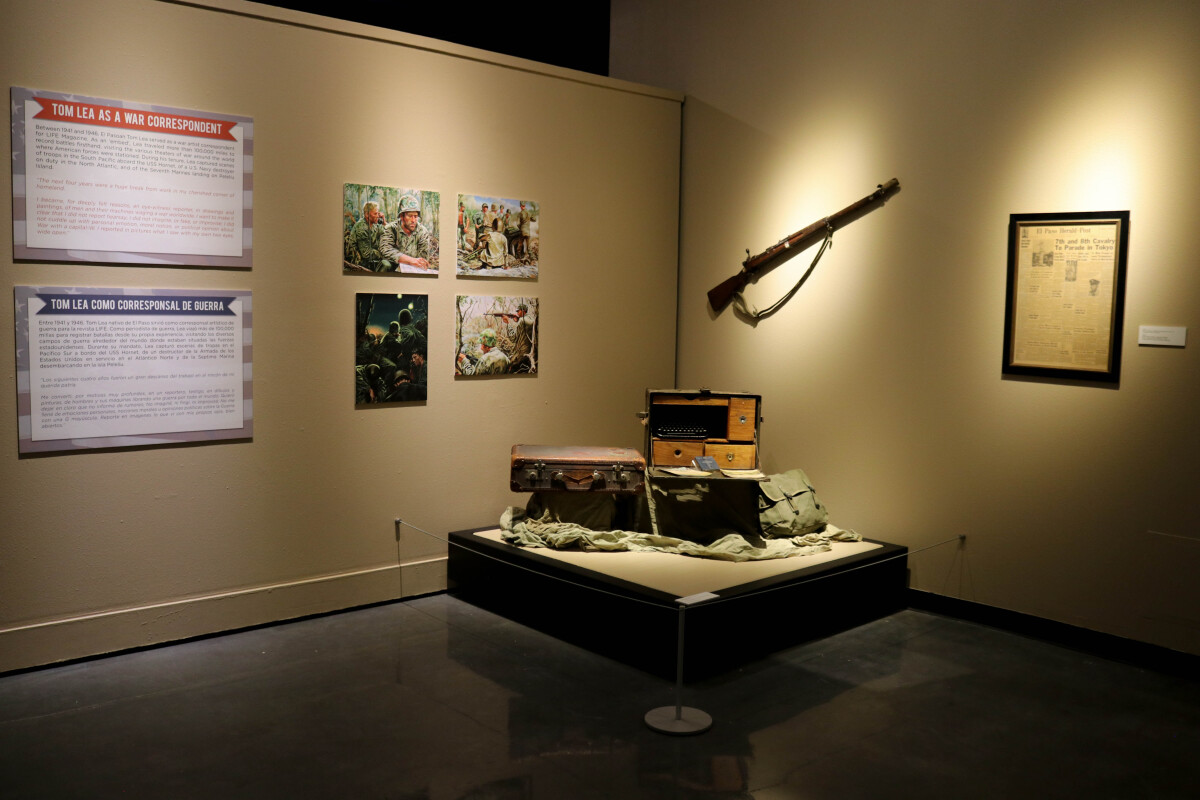
El Paso's Homegrown: World War II
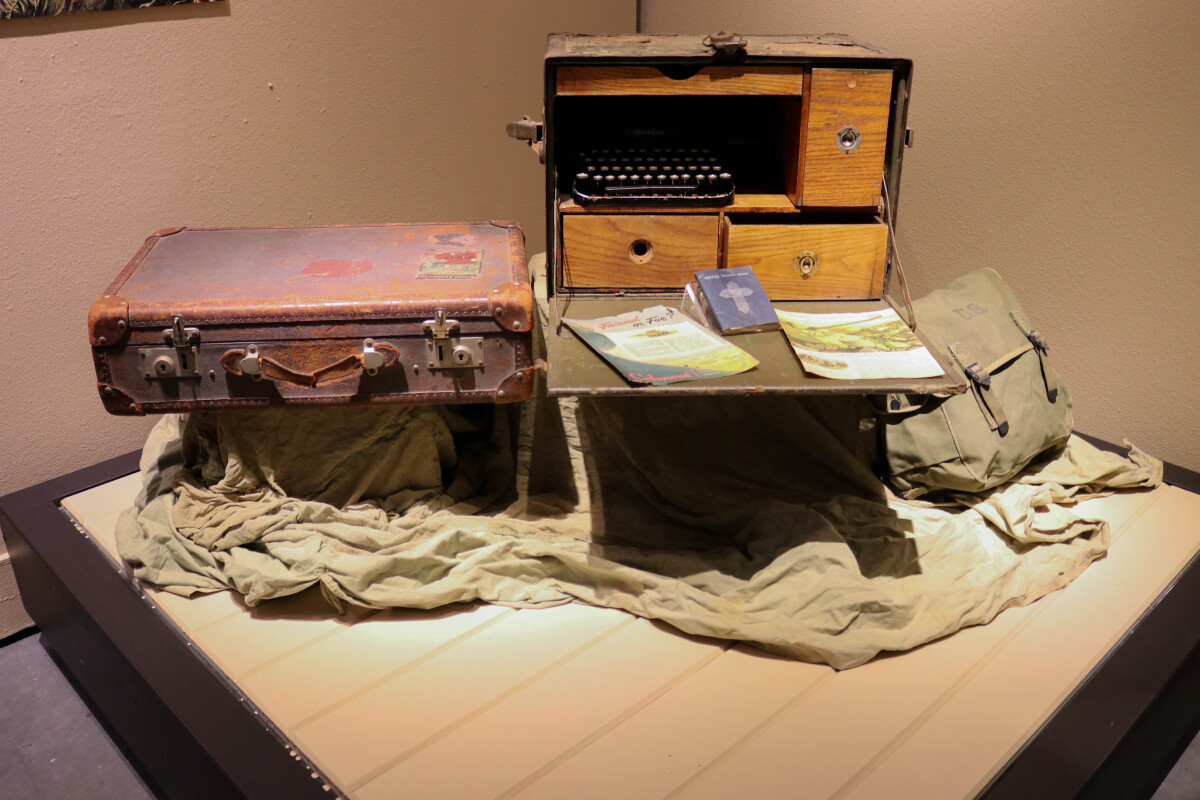
El Paso's Homegrown: World War II
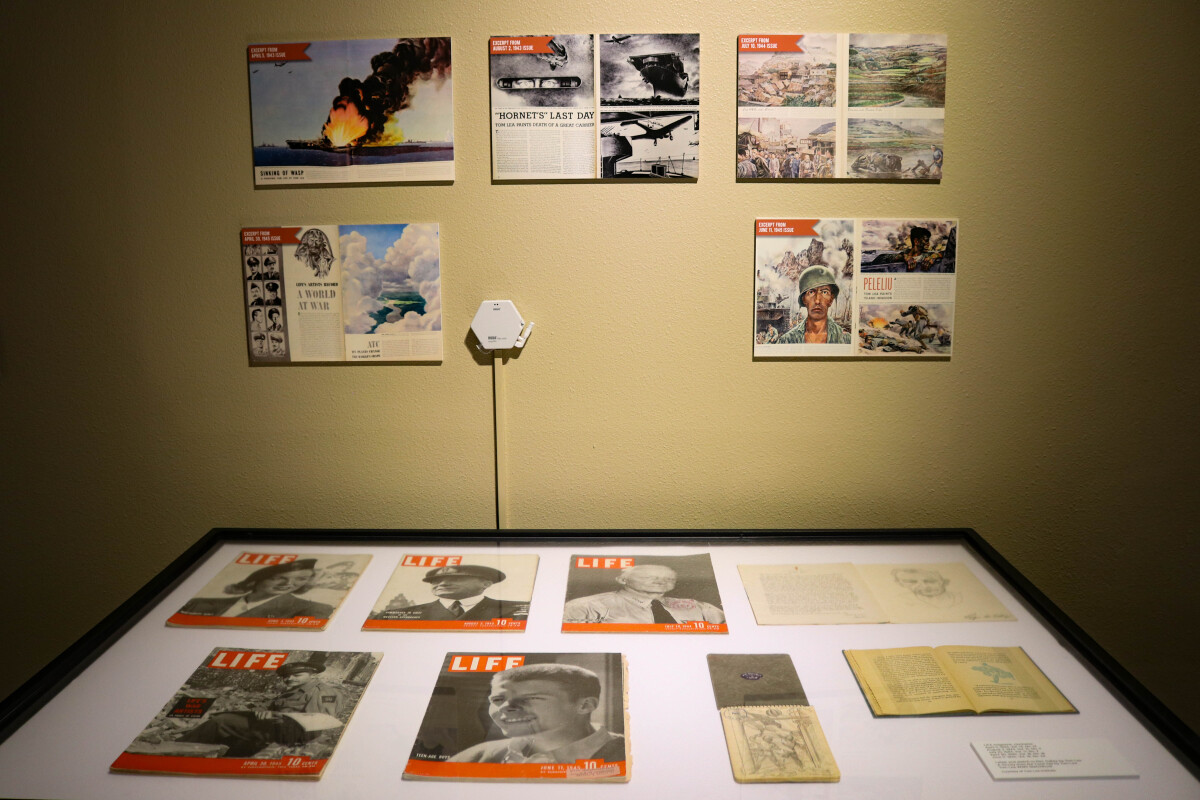
El Paso's Homegrown: World War II
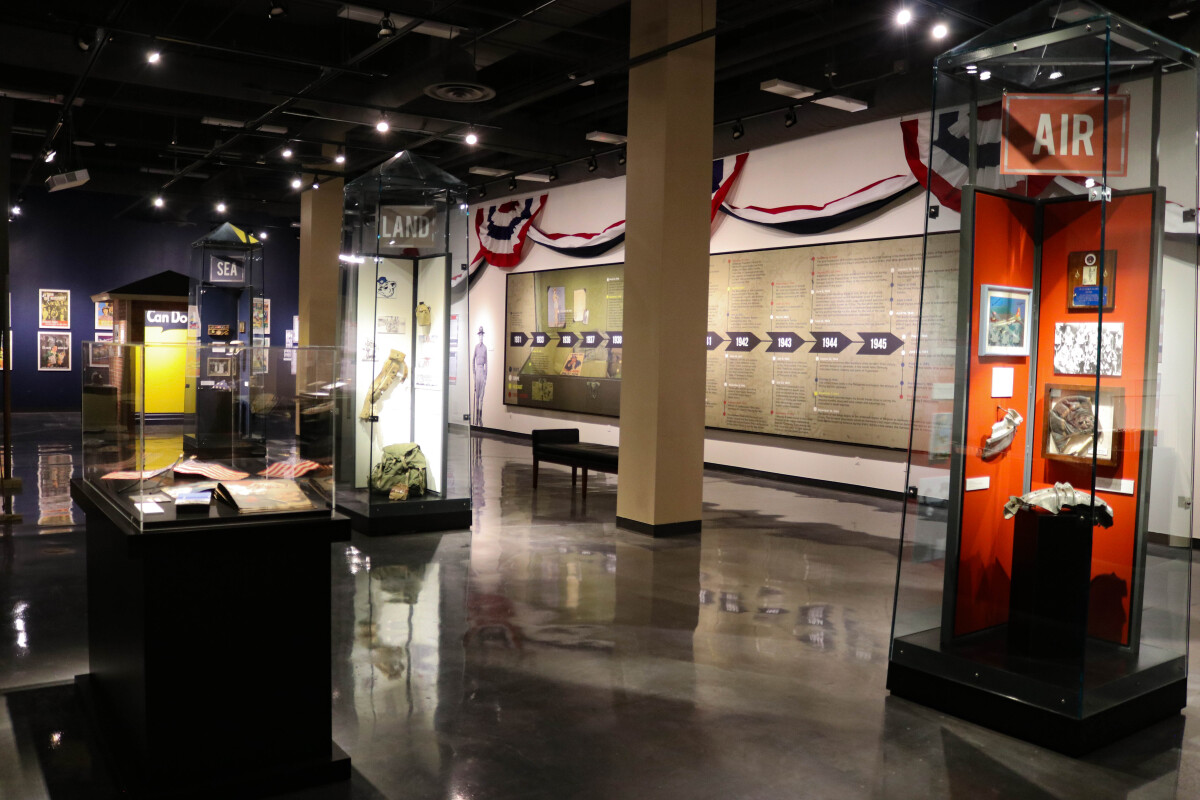
El Paso's Homegrown: World War II
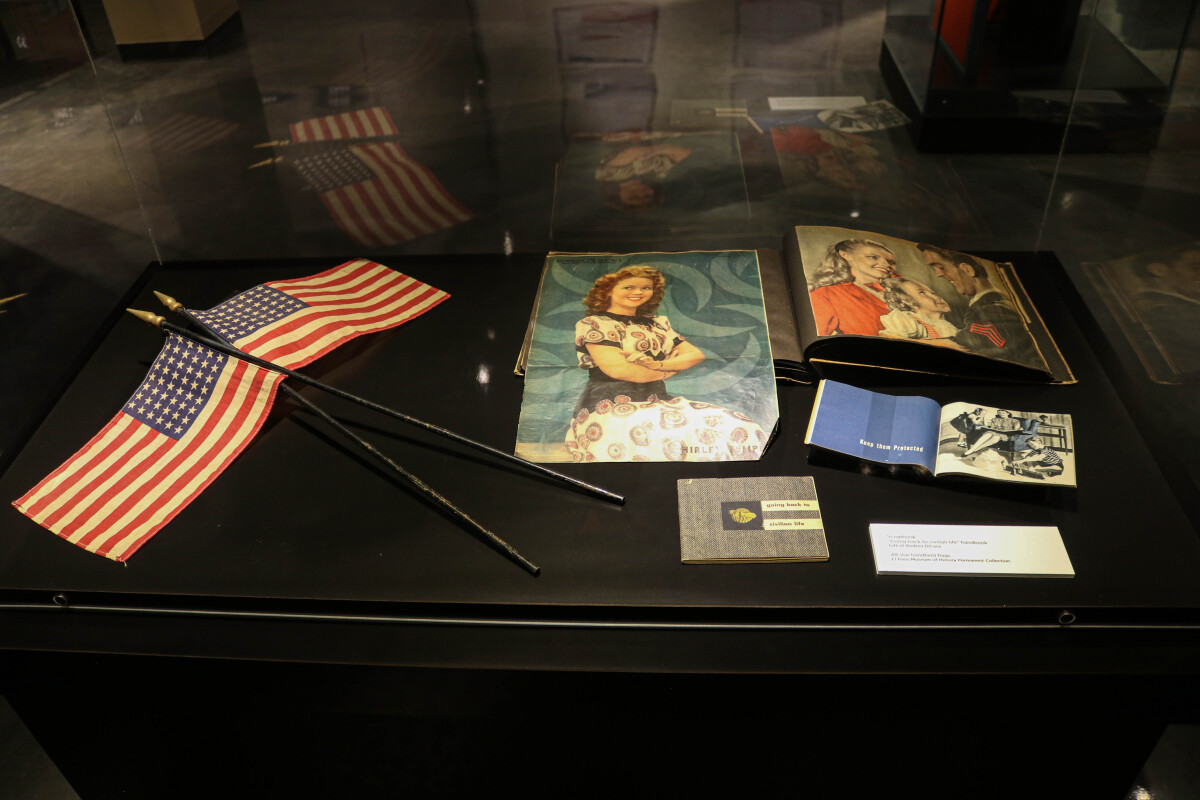
El Paso's Homegrown: World War II
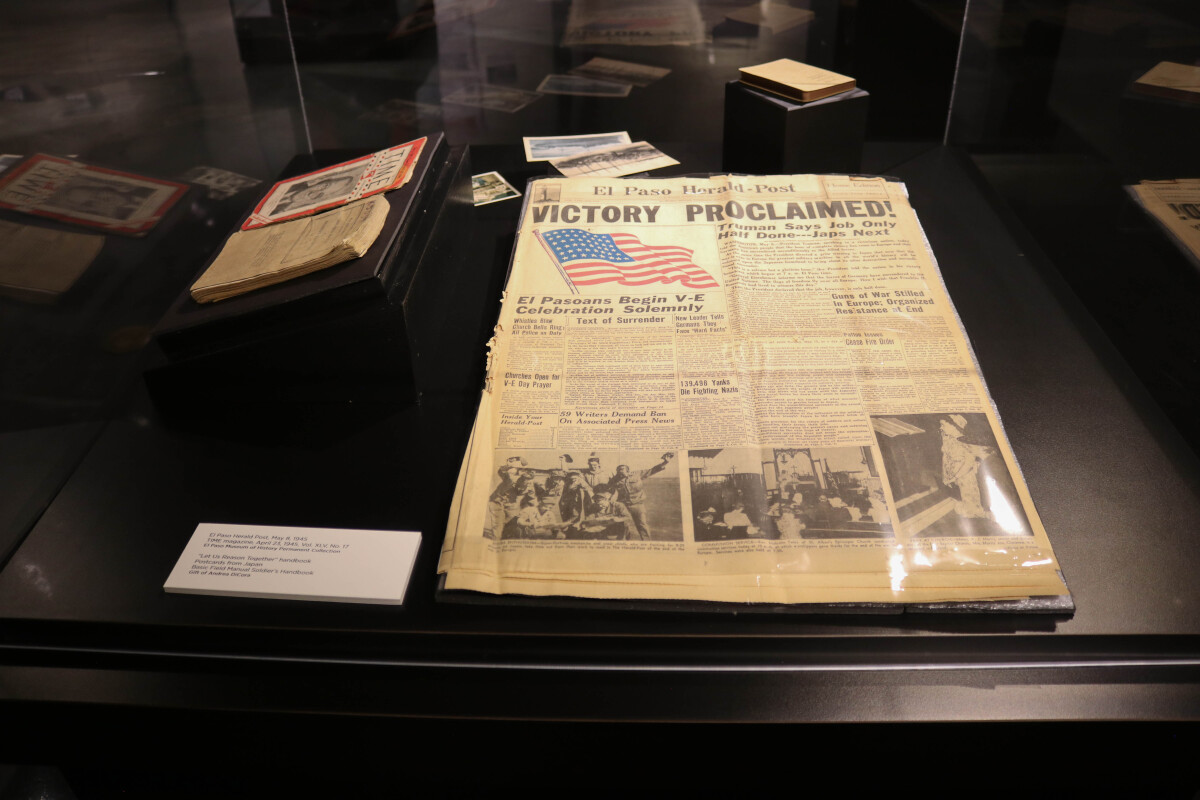
El Paso's Homegrown: World War II
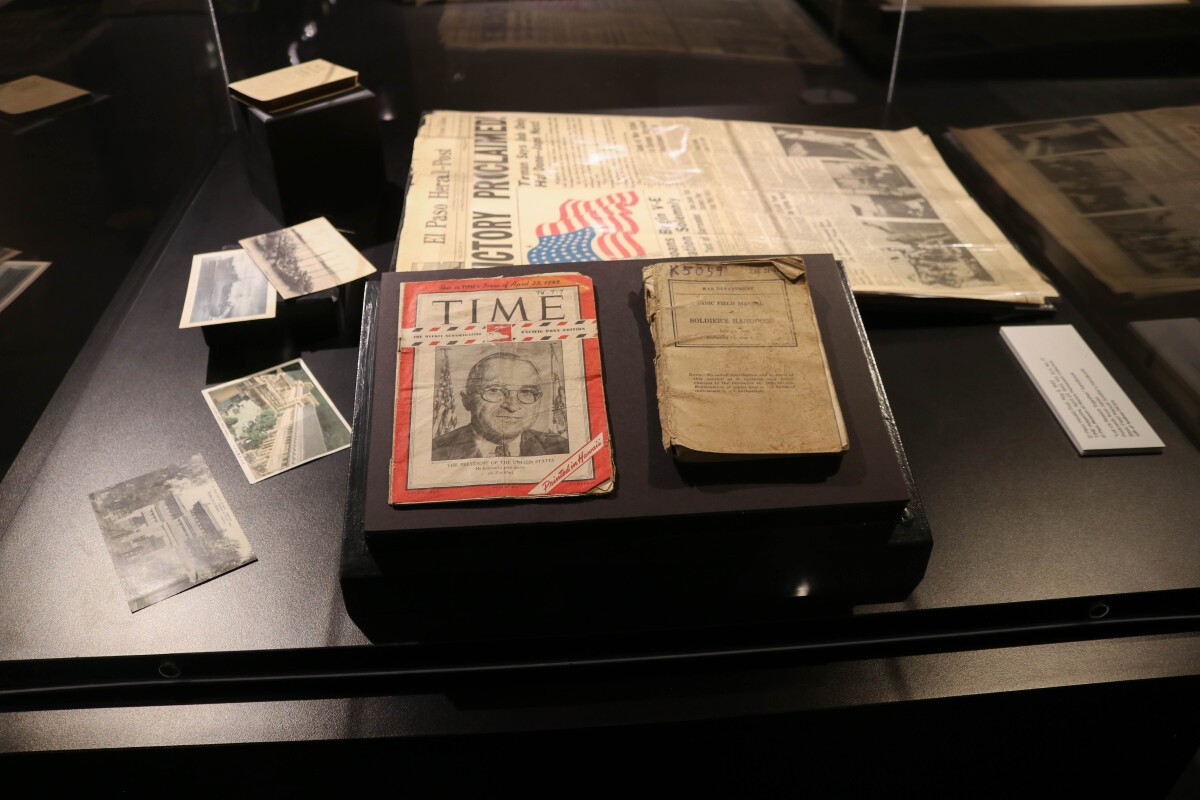
El Paso's Homegrown: World War II
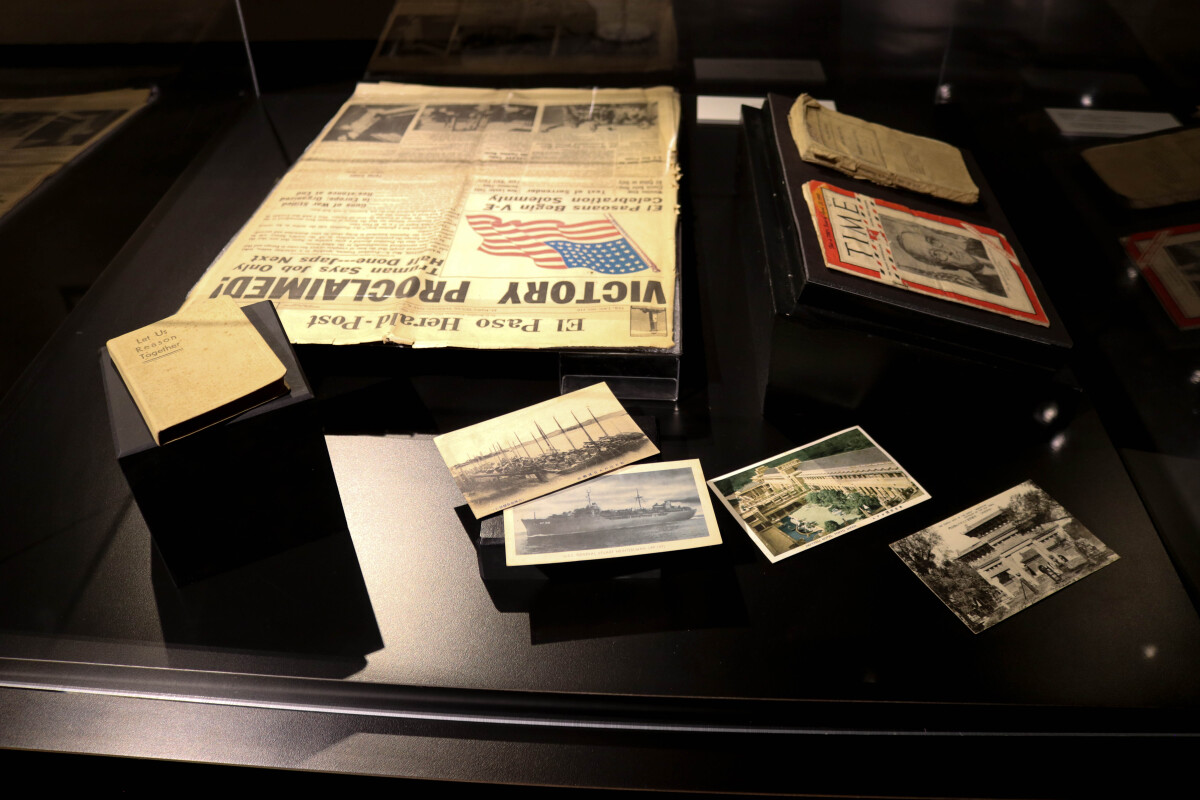
El Paso's Homegrown: World War II
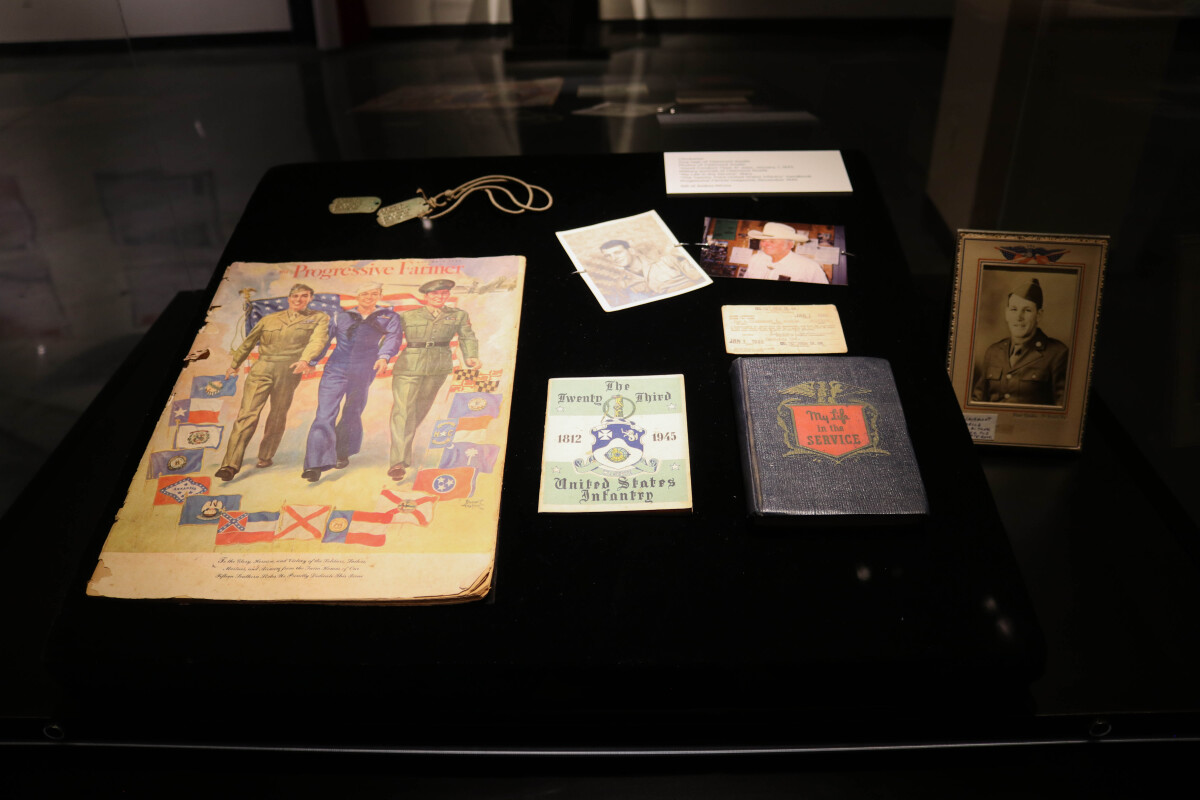
El Paso's Homegrown: World War II
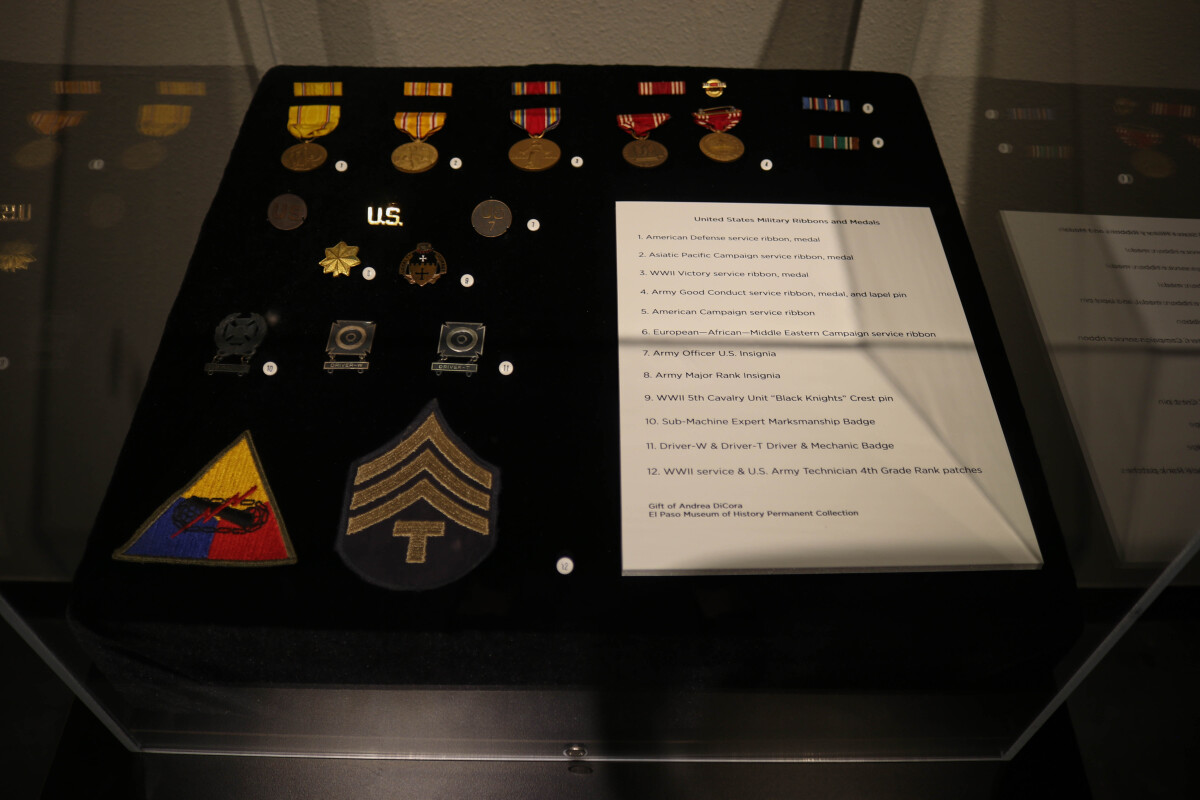
El Paso's Homegrown: World War II
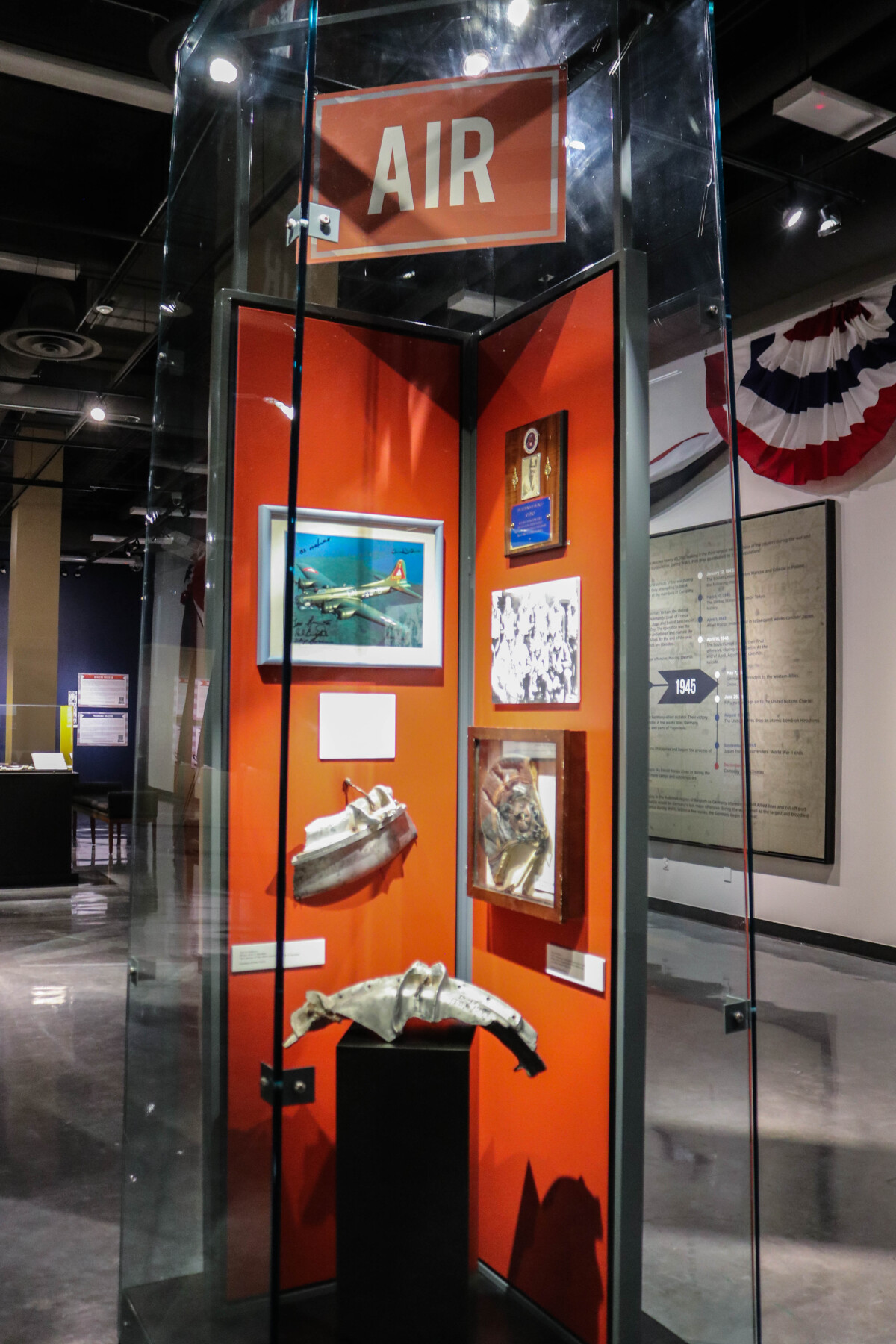
El Paso's Homegrown: World War II
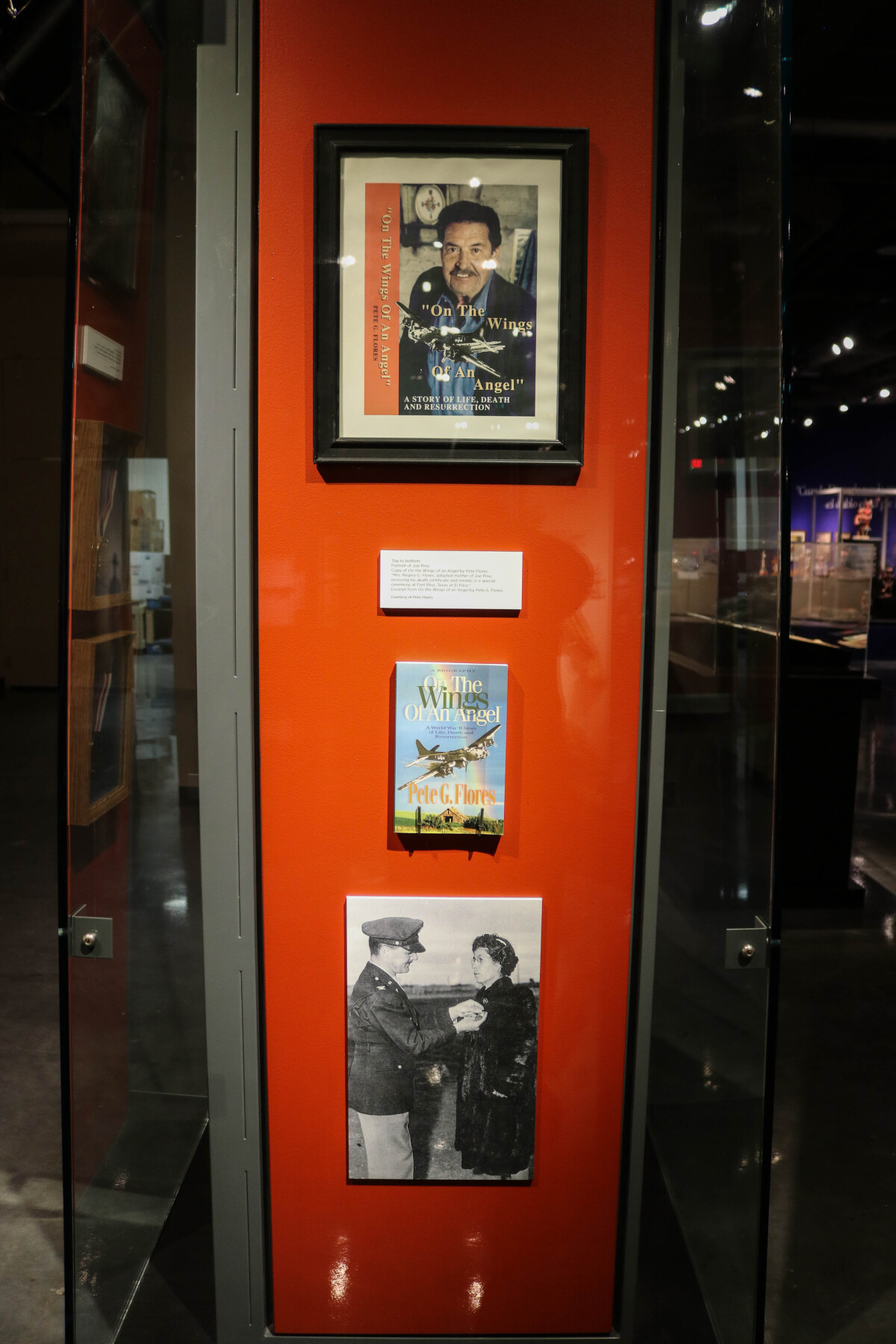
El Paso's Homegrown: World War II
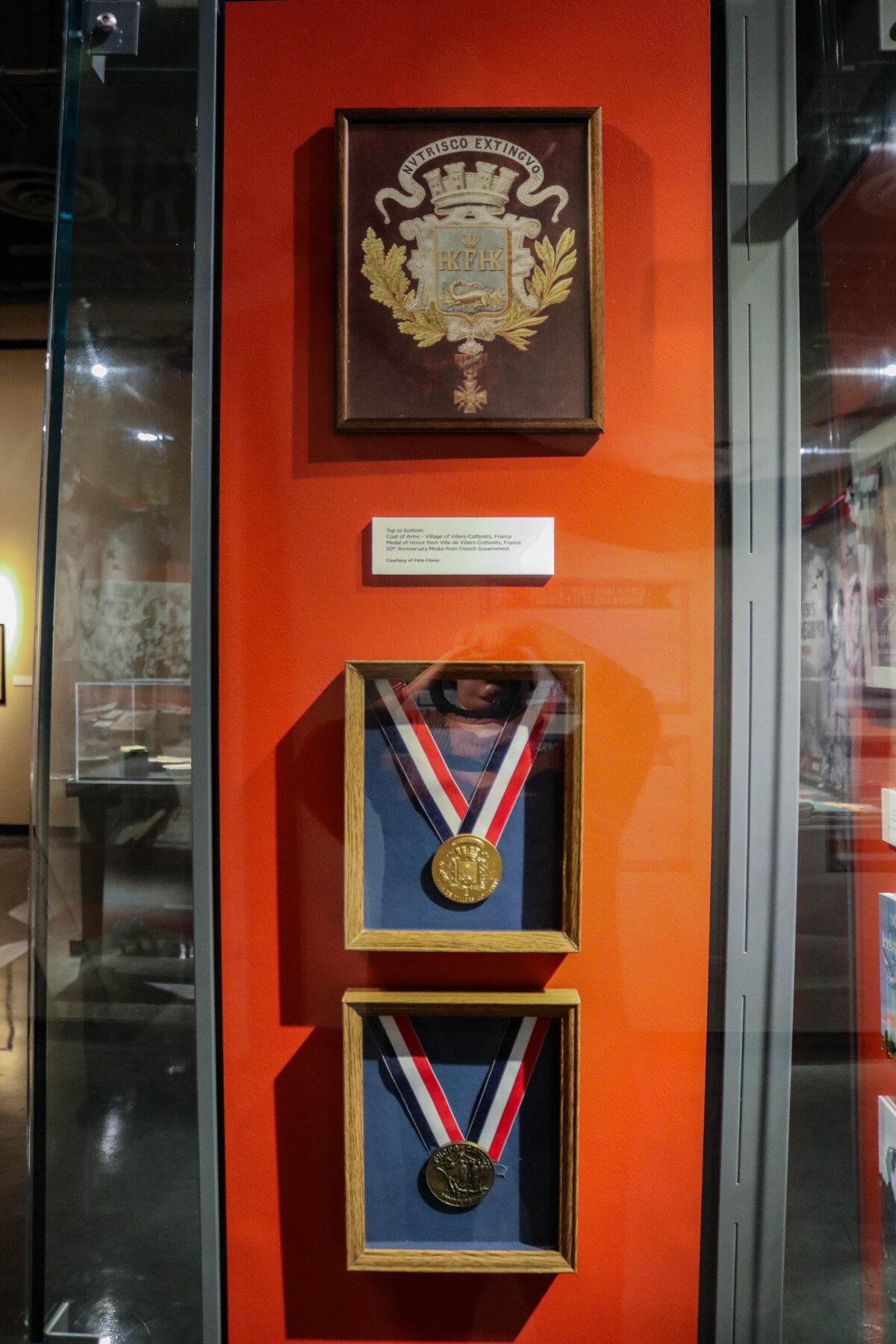
El Paso's Homegrown: World War II
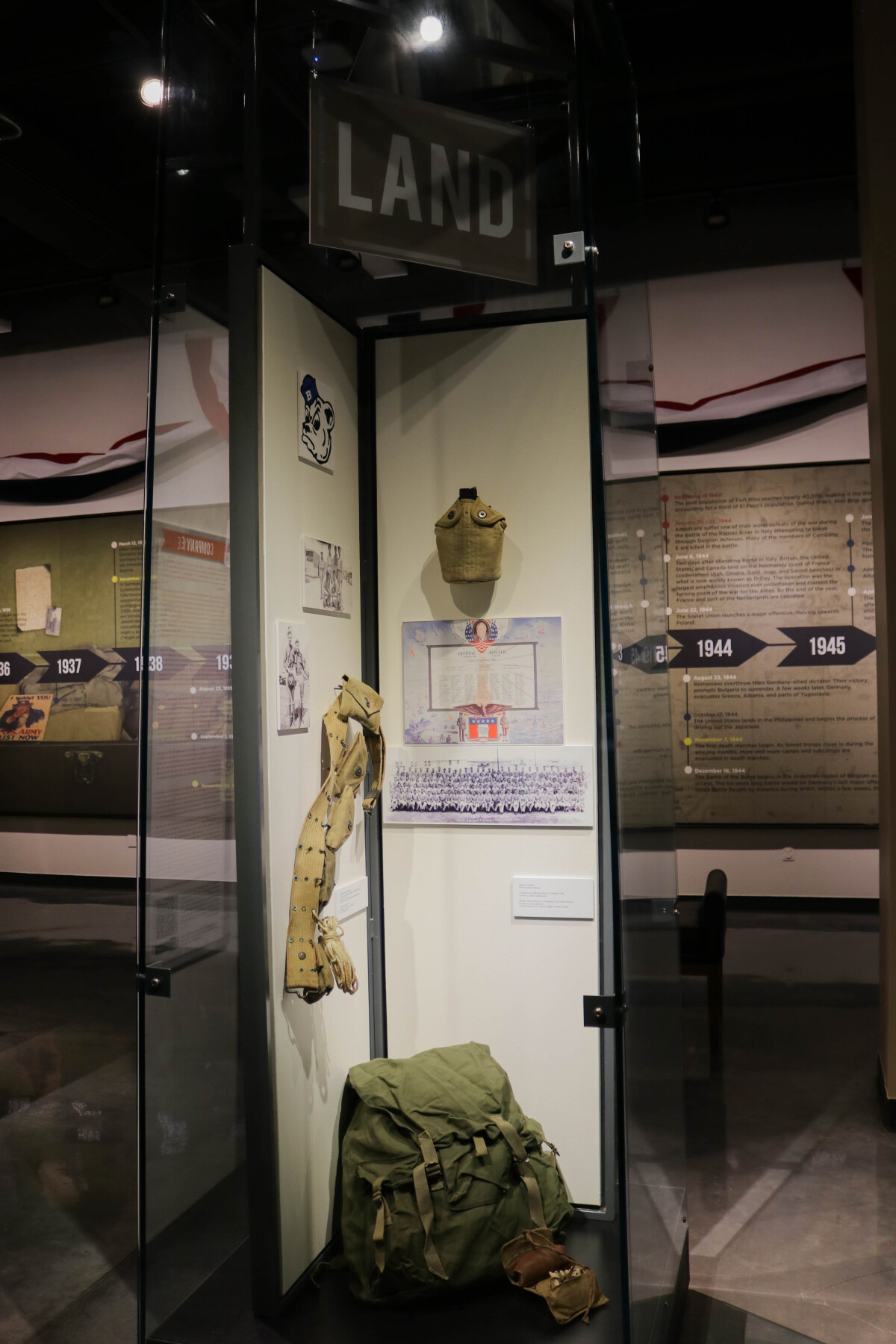
El Paso's Homegrown: World War II
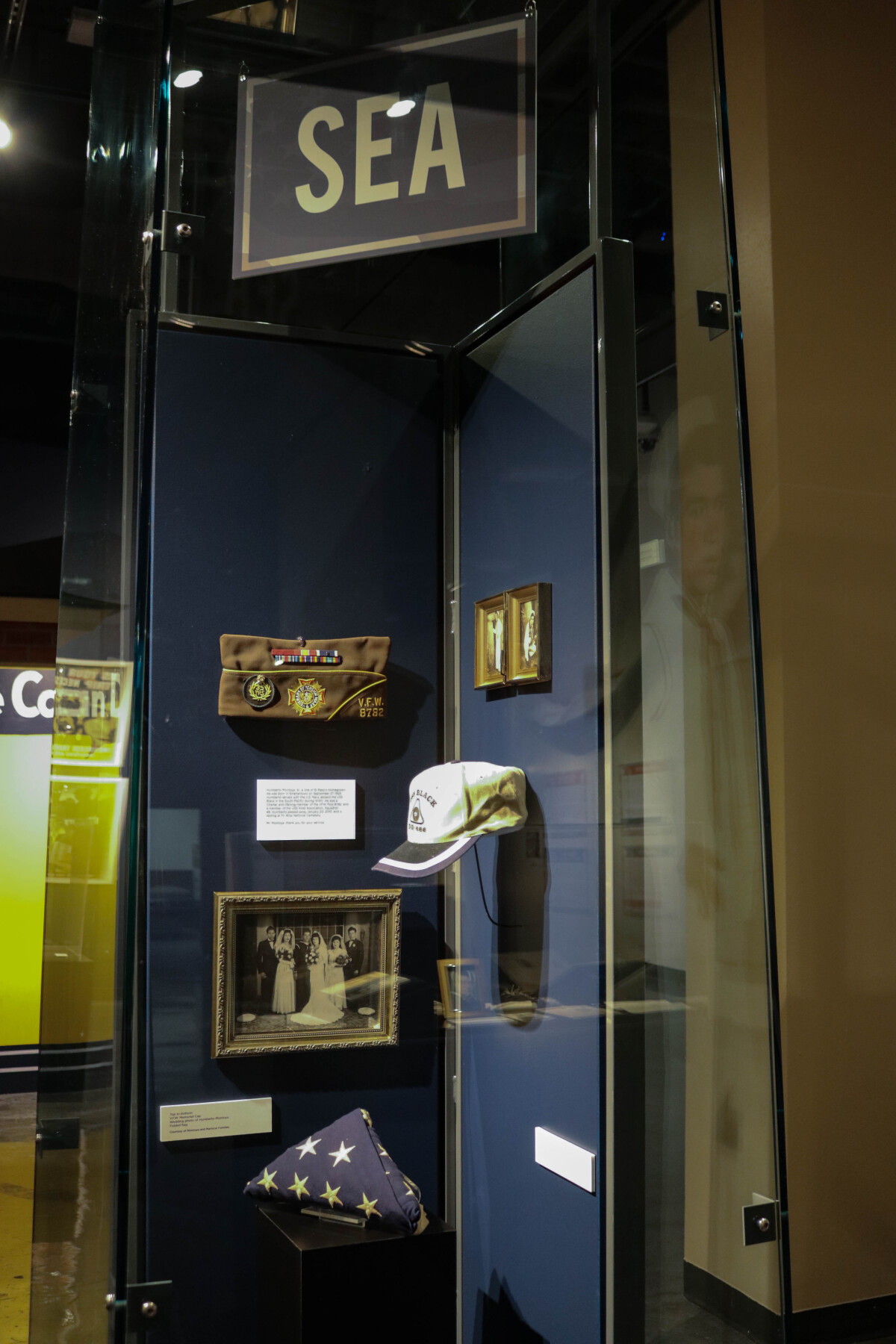
El Paso's Homegrown: World War II
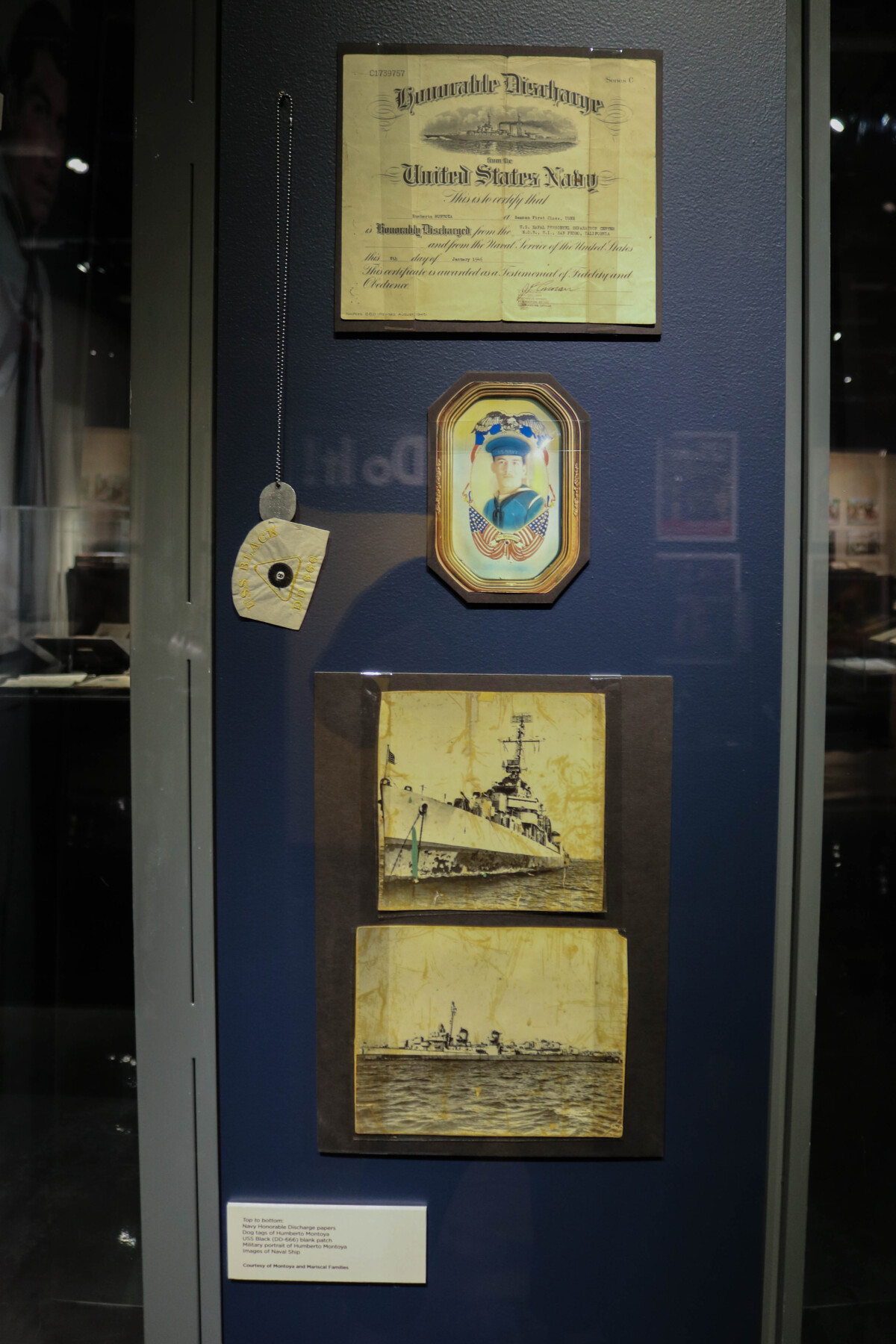
El Paso's Homegrown: World War II
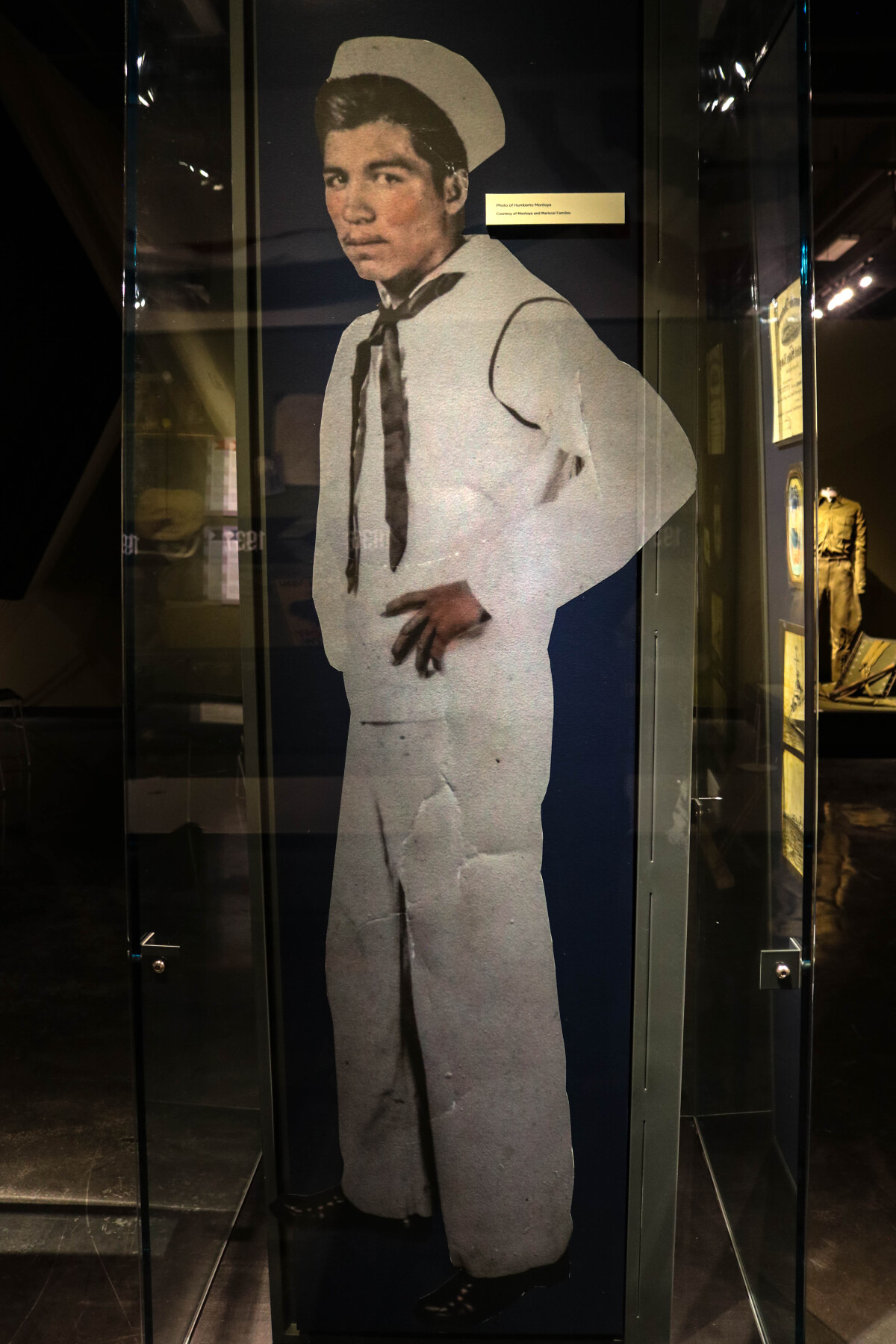
El Paso's Homegrown: World War II
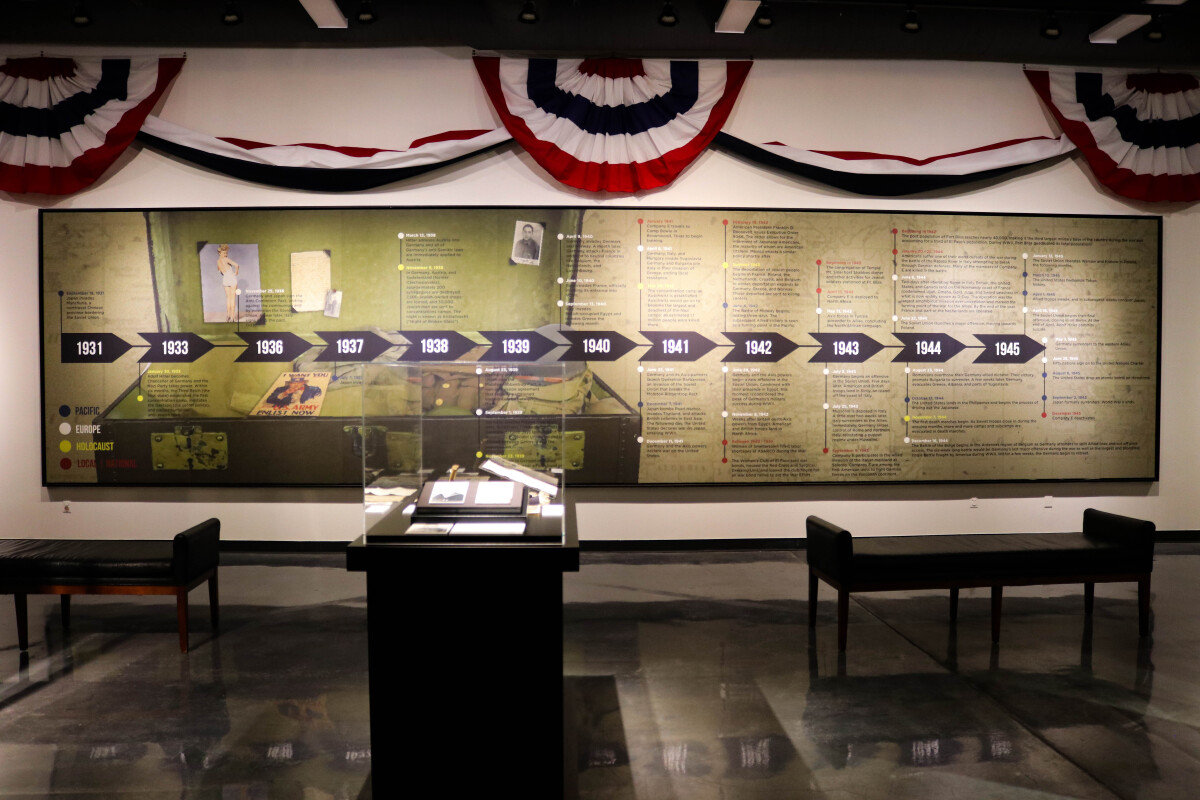
El Paso's Homegrown: World War II
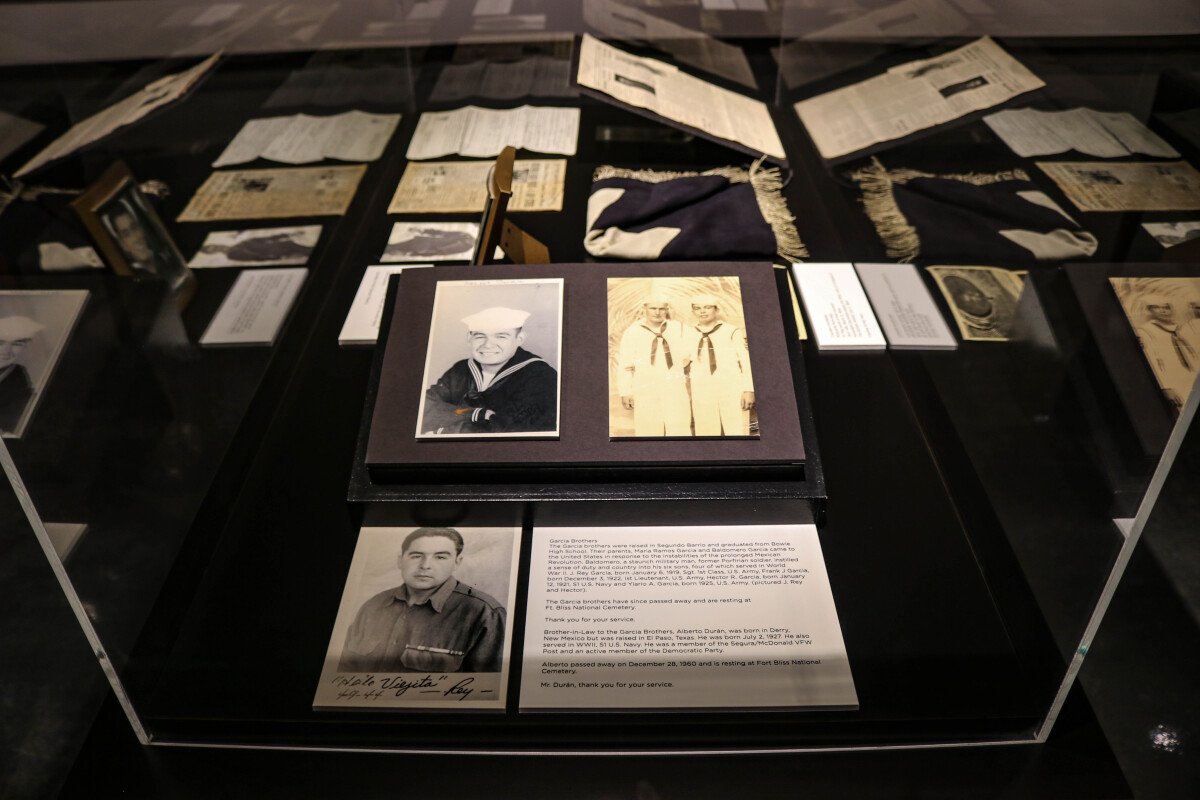
El Paso's Homegrown: World War II
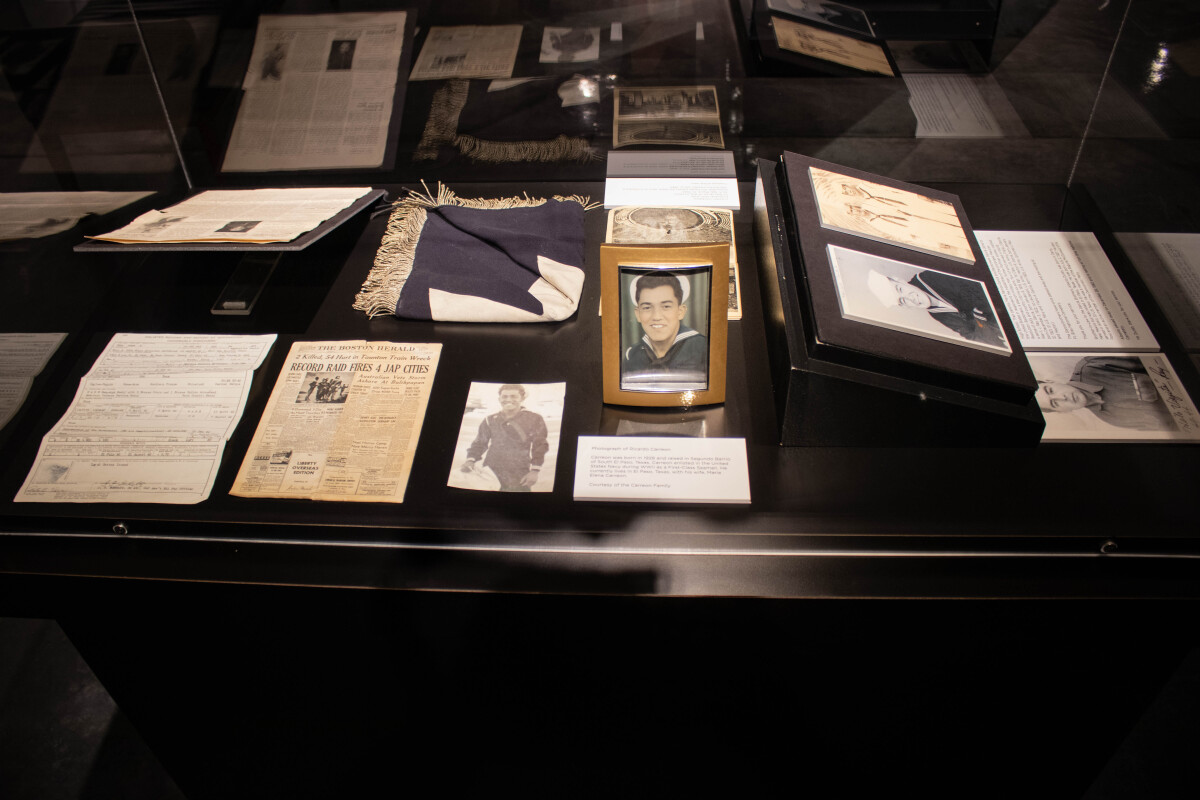
El Paso's Homegrown: World War II
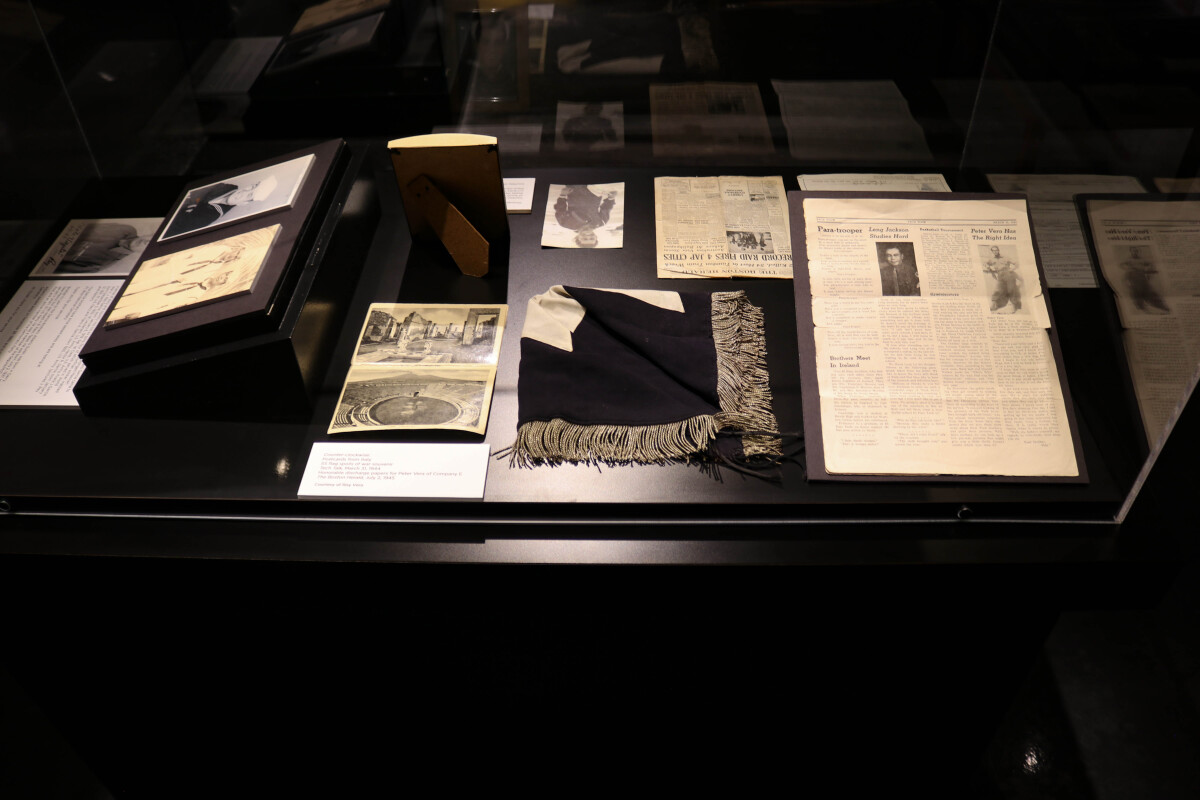
El Paso's Homegrown: World War II
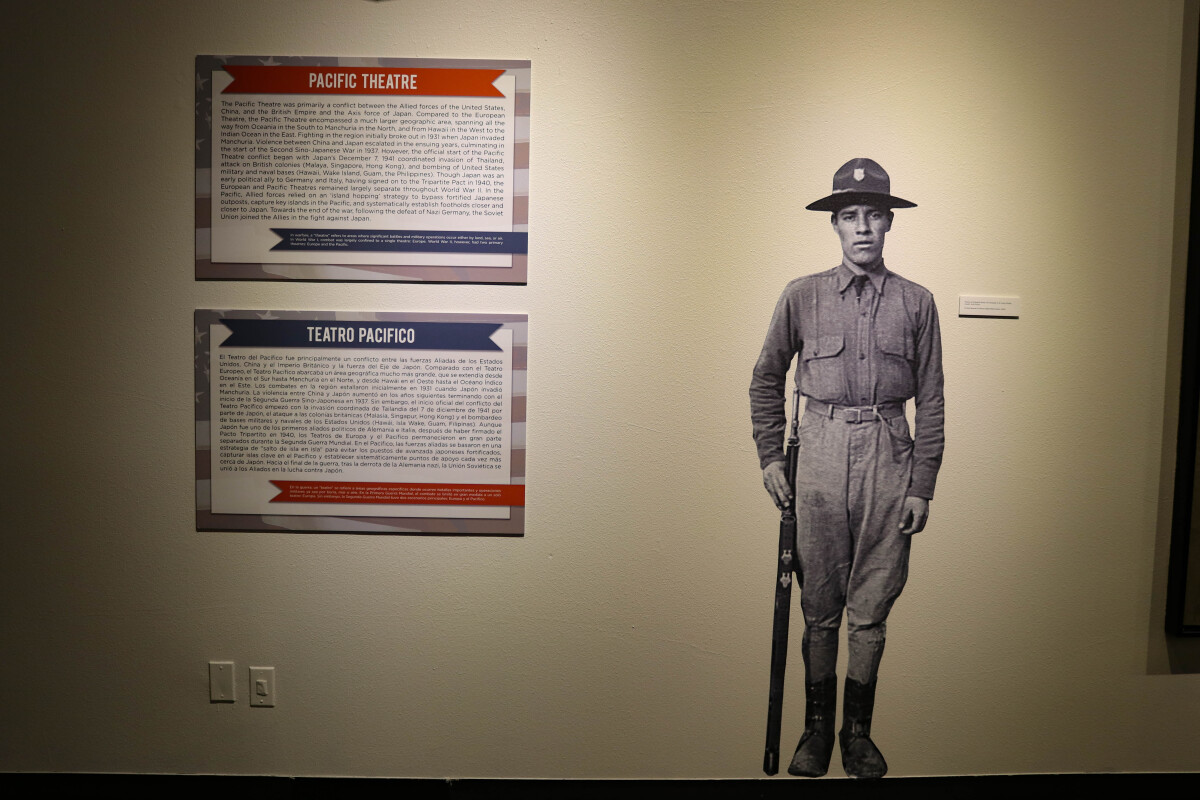
El Paso's Homegrown: World War II
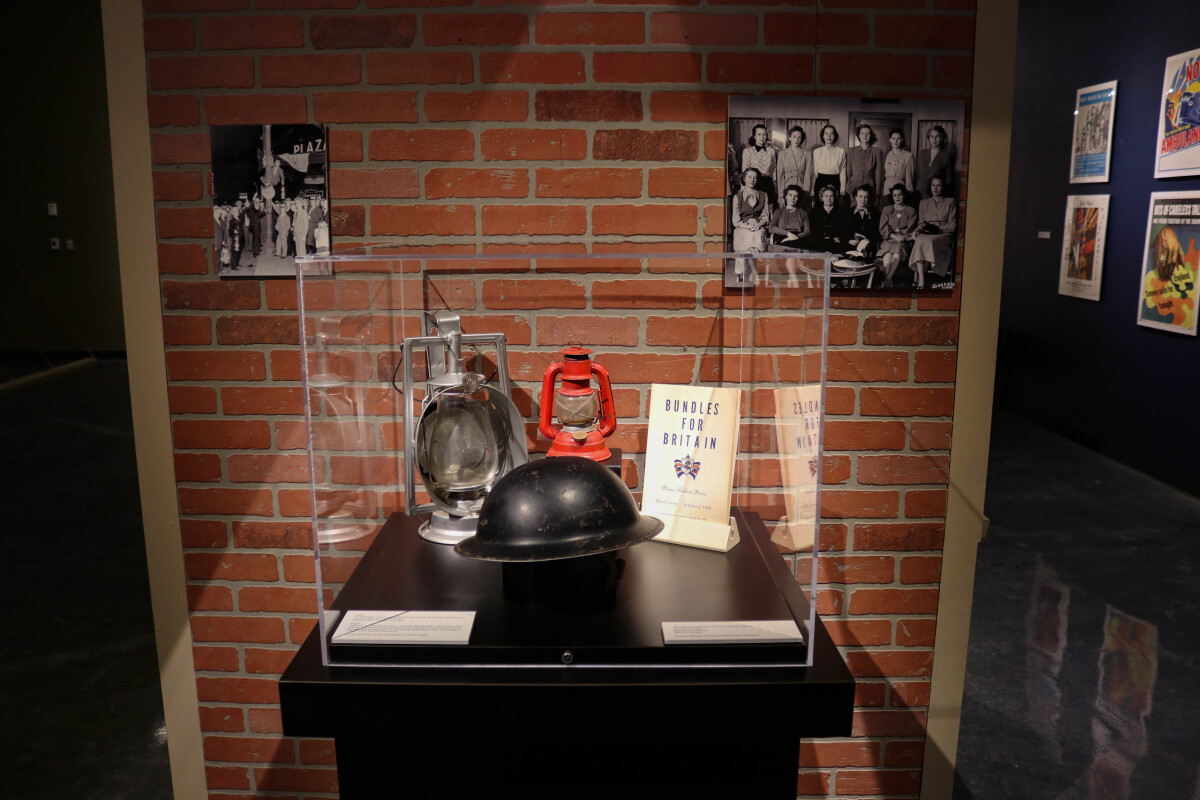
El Paso's Homegrown: World War II
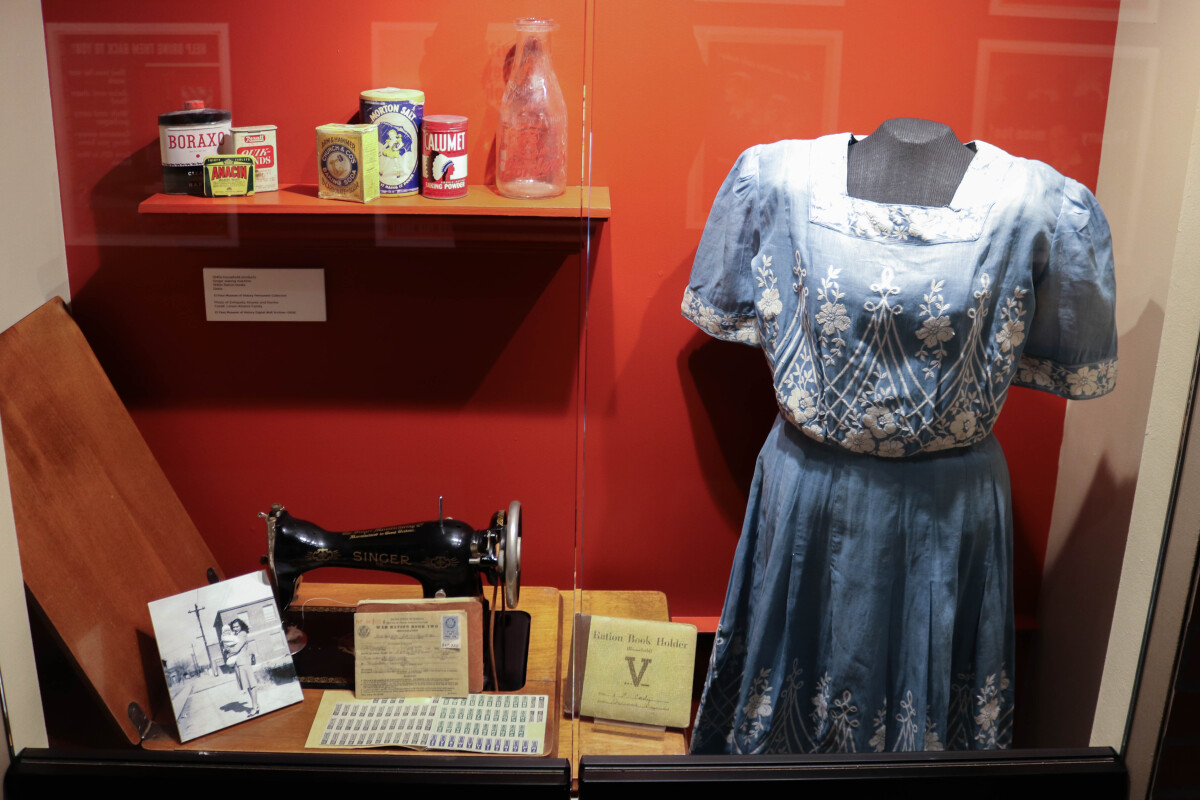
El Paso's Homegrown: World War II
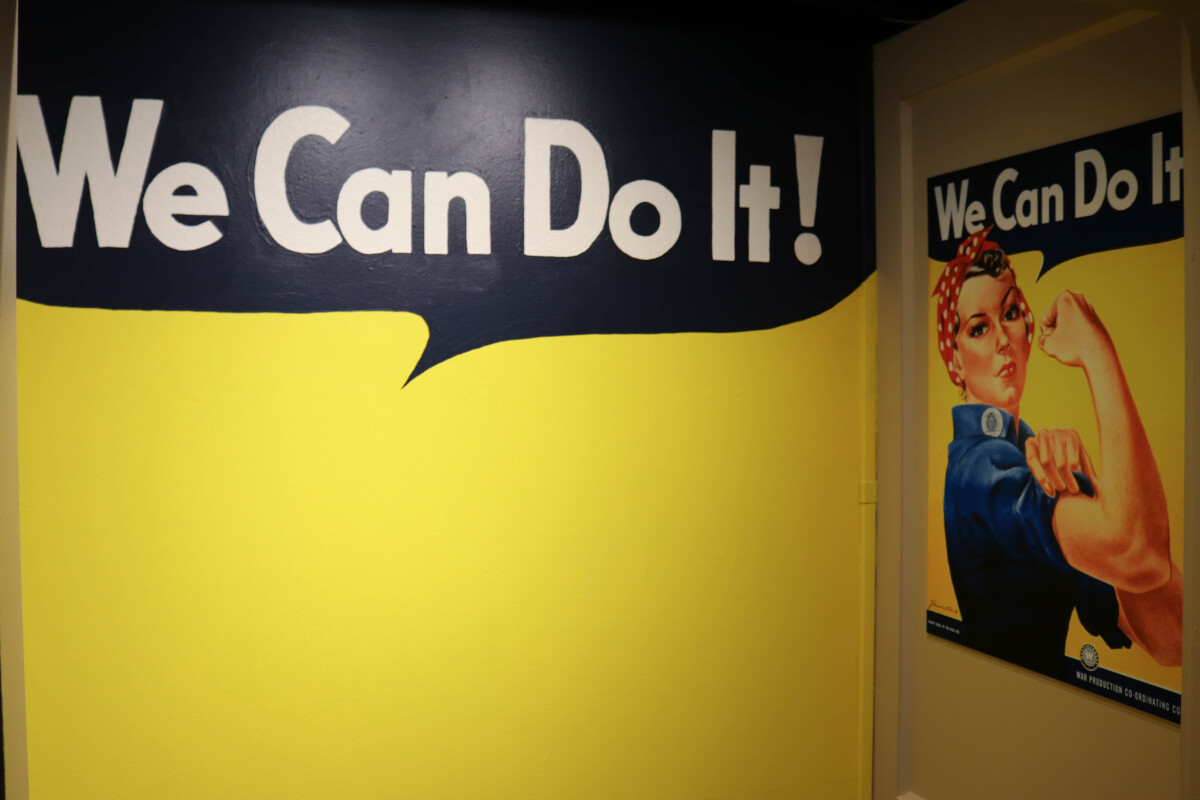
El Paso's Homegrown: World War II
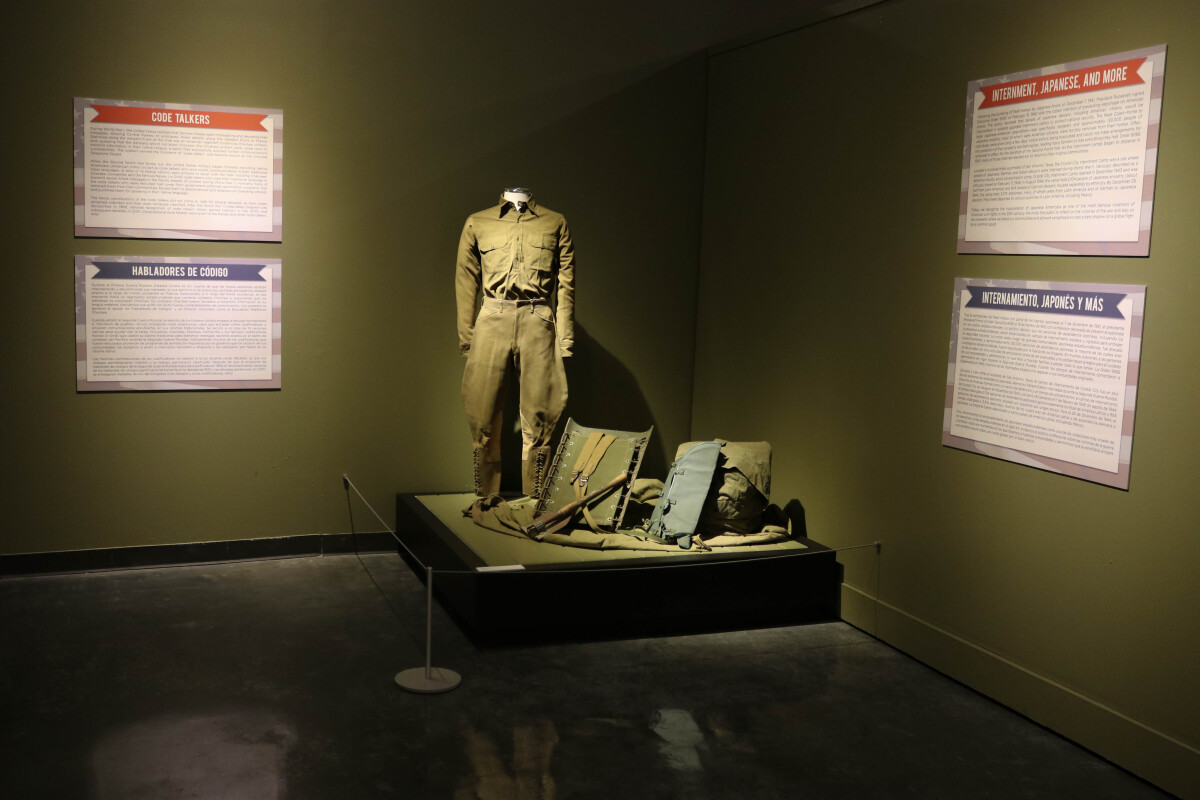
El Paso's Homegrown: World War II
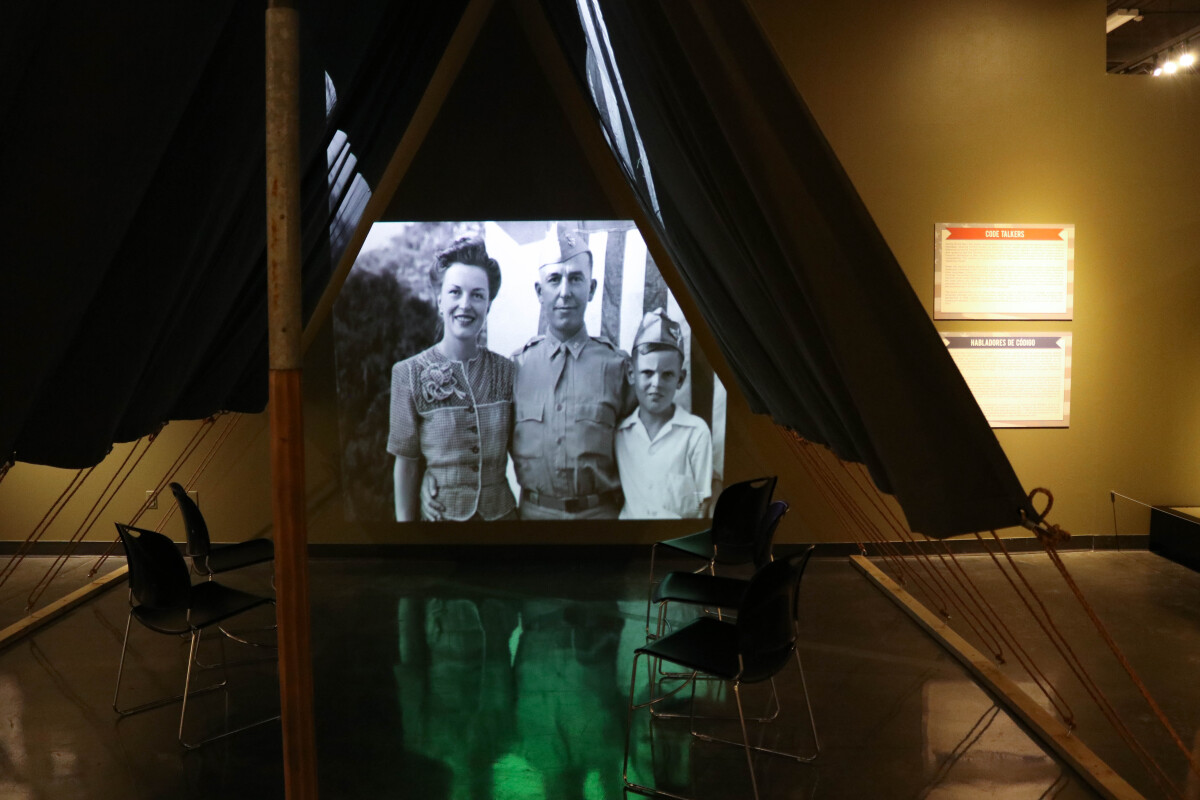
El Paso's Homegrown: World War II
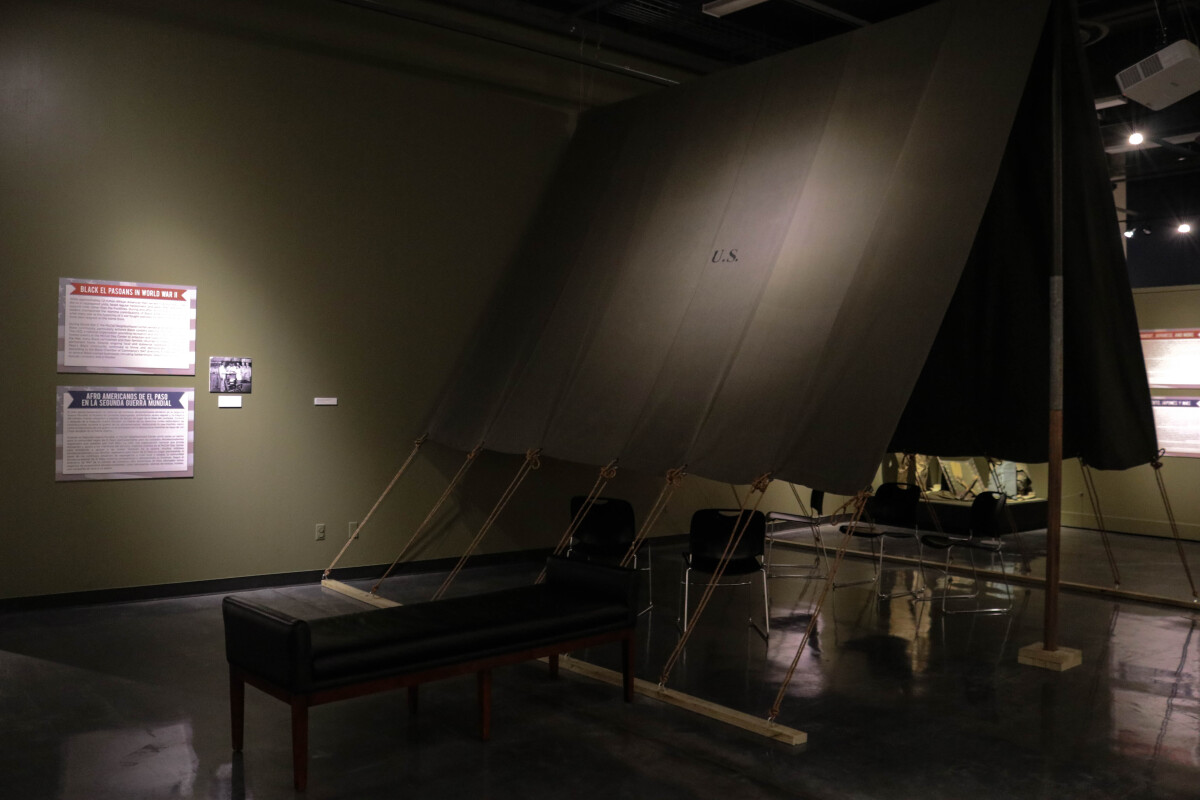
El Paso's Homegrown: World War II
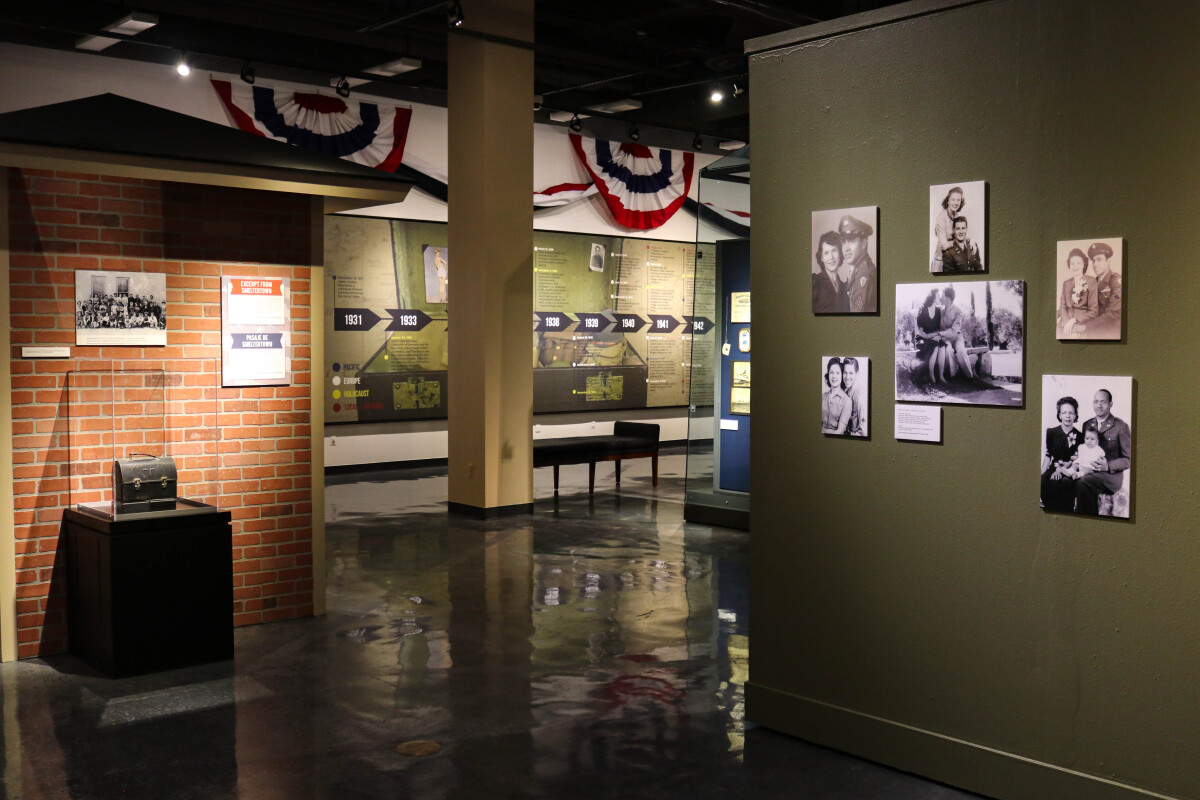
El Paso's Homegrown: World War II
The homefront of El Paso, Texas was no stranger to war. Between 1861 and 1941, the region had witnessed and experienced the costs of the American Civil War, the Mexican Revolution, and the First World War as well as ongoing Border tensions. When the United States officially entered World War II in December of 1941, so too did the El Paso community. Young men enlisted or were drafted into combat. Women joined the workforce in record-setting numbers to replace them, and the Bracero Program brought Mexicans over the border through Ciudad Juárez to further alleviate labor shortages in the United States. Fort Bliss, established nearly a century earlier, became a major Army base, while social clubs, like the Woman’s Club, rolled bandages and raised money. Almost everyone purchased war bonds and learned to live on ration books. Despite these struggles, many El Pasoans recall their city as being a bustling, peaceful town during this period. In 1940, El Paso still measured less than thirteen square miles and had a population of fewer than 100,000 people within its city limits. This exhibition examines the impact of World War II on the greater El Paso community and how the people of El Paso left their mark on history through their service at home and abroad. Though often viewed as idyllic during this period, El Paso was a complex Bordertown with people of different cultures working to survive and thrive during a global conflict. The El Paso Museum of History is honored to share El Paso’s Homegrown: World War II. This exhibition is made possible by members of the community who generously collaborated with the Museum to showcase mementos of their loved ones who served in the war.
Area: Central / Downtown
Source: El Paso Museum of History
Uploaded by: El Paso Museum of History
El Paso's Homegrown: World War II
The homefront of El Paso, Texas was no stranger to war. Between 1861 and 1941, the region had witnessed and experienced the costs of the American Civil War, the Mexican Revolution, and the First World War as well as ongoing Border tensions. When the United States officially entered World War II in December of 1941, so too did the El Paso community. Young men enlisted or were drafted into combat. Women joined the workforce in record-setting numbers to replace them, and the Bracero Program brought Mexicans over the border through Ciudad Juárez to further alleviate labor shortages in the United States. Fort Bliss, established nearly a century earlier, became a major Army base, while social clubs, like the Woman’s Club, rolled bandages and raised money. Almost everyone purchased war bonds and learned to live on ration books. Despite these struggles, many El Pasoans recall their city as being a bustling, peaceful town during this period. In 1940, El Paso still measured less than thirteen square miles and had a population of fewer than 100,000 people within its city limits. This exhibition examines the impact of World War II on the greater El Paso community and how the people of El Paso left their mark on history through their service at home and abroad. Though often viewed as idyllic during this period, El Paso was a complex Bordertown with people of different cultures working to survive and thrive during a global conflict. The El Paso Museum of History is honored to share El Paso’s Homegrown: World War II. This exhibition is made possible by members of the community who generously collaborated with the Museum to showcase mementos of their loved ones who served in the war.
Area: Central / Downtown
Source: El Paso Museum of History
Uploaded by: El Paso Museum of History
El Paso's Homegrown: World War II
Tom Lea as War Correspondent Between 1941 and 1946, El Pasoan Tom Lea served a war artist correspondent for LIFE Magazine. As an ‘embed’, Lea traveled more than 100,000 miles to record battles firsthand, visiting the various theaters of war around the world where American forces were stationed. During his tenure, Lea captured scenes of troops in the South Pacific aboard the USS Hornet, of a U.S. Navy destroyer on duty in the North Atlantic, and of the Seventh Marines landing on Peleliu Island. The next four years were a huge break from work in my cherished corner of homeland. I became, for deeply felt reasons, an eye-witness reporter, in drawings and paintings, of men and their machines waging a war worldwide. I want to make it clear that I did not report hearsay; I did not imagine, or fake, or improvise; I did not cuddle up with personal emotion, moral notion, or political opinion about War with a capital-W. I reported in pictures what I saw with my own two eyes, wide open.
Area: Central / Downtown
Source: El Paso Museum of History
Uploaded by: El Paso Museum of History
El Paso's Homegrown: World War II
Tom Lea as War Correspondent Between 1941 and 1946, El Pasoan Tom Lea served a war artist correspondent for LIFE Magazine. As an ‘embed’, Lea traveled more than 100,000 miles to record battles firsthand, visiting the various theaters of war around the world where American forces were stationed. During his tenure, Lea captured scenes of troops in the South Pacific aboard the USS Hornet, of a U.S. Navy destroyer on duty in the North Atlantic, and of the Seventh Marines landing on Peleliu Island. The next four years were a huge break from work in my cherished corner of homeland. I became, for deeply felt reasons, an eye-witness reporter, in drawings and paintings, of men and their machines waging a war worldwide. I want to make it clear that I did not report hearsay; I did not imagine, or fake, or improvise; I did not cuddle up with personal emotion, moral notion, or political opinion about War with a capital-W. I reported in pictures what I saw with my own two eyes, wide open.
Area: Central / Downtown
Source: El Paso Museum of History
Uploaded by: El Paso Museum of History
El Paso's Homegrown: World War II
Tom Lea as War Correspondent Between 1941 and 1946, El Pasoan Tom Lea served a war artist correspondent for LIFE Magazine. As an ‘embed’, Lea traveled more than 100,000 miles to record battles firsthand, visiting the various theaters of war around the world where American forces were stationed. During his tenure, Lea captured scenes of troops in the South Pacific aboard the USS Hornet, of a U.S. Navy destroyer on duty in the North Atlantic, and of the Seventh Marines landing on Peleliu Island. The next four years were a huge break from work in my cherished corner of homeland. I became, for deeply felt reasons, an eye-witness reporter, in drawings and paintings, of men and their machines waging a war worldwide. I want to make it clear that I did not report hearsay; I did not imagine, or fake, or improvise; I did not cuddle up with personal emotion, moral notion, or political opinion about War with a capital-W. I reported in pictures what I saw with my own two eyes, wide open.
Area: Central / Downtown
Source: El Paso Museum of History
Uploaded by: El Paso Museum of History
El Paso's Homegrown: World War II
The homefront of El Paso, Texas was no stranger to war. Between 1861 and 1941, the region had witnessed and experienced the costs of the American Civil War, the Mexican Revolution, and the First World War as well as ongoing Border tensions. When the United States officially entered World War II in December of 1941, so too did the El Paso community. Young men enlisted or were drafted into combat. Women joined the workforce in record-setting numbers to replace them, and the Bracero Program brought Mexicans over the border through Ciudad Juárez to further alleviate labor shortages in the United States. Fort Bliss, established nearly a century earlier, became a major Army base, while social clubs, like the Woman’s Club, rolled bandages and raised money. Almost everyone purchased war bonds and learned to live on ration books. Despite these struggles, many El Pasoans recall their city as being a bustling, peaceful town during this period. In 1940, El Paso still measured less than thirteen square miles and had a population of fewer than 100,000 people within its city limits. This exhibition examines the impact of World War II on the greater El Paso community and how the people of El Paso left their mark on history through their service at home and abroad. Though often viewed as idyllic during this period, El Paso was a complex Bordertown with people of different cultures working to survive and thrive during a global conflict. The El Paso Museum of History is honored to share El Paso’s Homegrown: World War II. This exhibition is made possible by members of the community who generously collaborated with the Museum to showcase mementos of their loved ones who served in the war.
Area: Central / Downtown
Source: El Paso Museum of History
Uploaded by: El Paso Museum of History
El Paso's Homegrown: World War II
The homefront of El Paso, Texas was no stranger to war. Between 1861 and 1941, the region had witnessed and experienced the costs of the American Civil War, the Mexican Revolution, and the First World War as well as ongoing Border tensions. When the United States officially entered World War II in December of 1941, so too did the El Paso community. Young men enlisted or were drafted into combat. Women joined the workforce in record-setting numbers to replace them, and the Bracero Program brought Mexicans over the border through Ciudad Juárez to further alleviate labor shortages in the United States. Fort Bliss, established nearly a century earlier, became a major Army base, while social clubs, like the Woman’s Club, rolled bandages and raised money. Almost everyone purchased war bonds and learned to live on ration books. Despite these struggles, many El Pasoans recall their city as being a bustling, peaceful town during this period. In 1940, El Paso still measured less than thirteen square miles and had a population of fewer than 100,000 people within its city limits. This exhibition examines the impact of World War II on the greater El Paso community and how the people of El Paso left their mark on history through their service at home and abroad. Though often viewed as idyllic during this period, El Paso was a complex Bordertown with people of different cultures working to survive and thrive during a global conflict. The El Paso Museum of History is honored to share El Paso’s Homegrown: World War II. This exhibition is made possible by members of the community who generously collaborated with the Museum to showcase mementos of their loved ones who served in the war.
Area: Central / Downtown
Source: El Paso Museum of History
Uploaded by: El Paso Museum of History
El Paso's Homegrown: World War II
The homefront of El Paso, Texas was no stranger to war. Between 1861 and 1941, the region had witnessed and experienced the costs of the American Civil War, the Mexican Revolution, and the First World War as well as ongoing Border tensions. When the United States officially entered World War II in December of 1941, so too did the El Paso community. Young men enlisted or were drafted into combat. Women joined the workforce in record-setting numbers to replace them, and the Bracero Program brought Mexicans over the border through Ciudad Juárez to further alleviate labor shortages in the United States. Fort Bliss, established nearly a century earlier, became a major Army base, while social clubs, like the Woman’s Club, rolled bandages and raised money. Almost everyone purchased war bonds and learned to live on ration books. Despite these struggles, many El Pasoans recall their city as being a bustling, peaceful town during this period. In 1940, El Paso still measured less than thirteen square miles and had a population of fewer than 100,000 people within its city limits. This exhibition examines the impact of World War II on the greater El Paso community and how the people of El Paso left their mark on history through their service at home and abroad. Though often viewed as idyllic during this period, El Paso was a complex Bordertown with people of different cultures working to survive and thrive during a global conflict. The El Paso Museum of History is honored to share El Paso’s Homegrown: World War II. This exhibition is made possible by members of the community who generously collaborated with the Museum to showcase mementos of their loved ones who served in the war.
Area: Central / Downtown
Source: El Paso Museum of History
Uploaded by: El Paso Museum of History
El Paso's Homegrown: World War II
The homefront of El Paso, Texas was no stranger to war. Between 1861 and 1941, the region had witnessed and experienced the costs of the American Civil War, the Mexican Revolution, and the First World War as well as ongoing Border tensions. When the United States officially entered World War II in December of 1941, so too did the El Paso community. Young men enlisted or were drafted into combat. Women joined the workforce in record-setting numbers to replace them, and the Bracero Program brought Mexicans over the border through Ciudad Juárez to further alleviate labor shortages in the United States. Fort Bliss, established nearly a century earlier, became a major Army base, while social clubs, like the Woman’s Club, rolled bandages and raised money. Almost everyone purchased war bonds and learned to live on ration books. Despite these struggles, many El Pasoans recall their city as being a bustling, peaceful town during this period. In 1940, El Paso still measured less than thirteen square miles and had a population of fewer than 100,000 people within its city limits. This exhibition examines the impact of World War II on the greater El Paso community and how the people of El Paso left their mark on history through their service at home and abroad. Though often viewed as idyllic during this period, El Paso was a complex Bordertown with people of different cultures working to survive and thrive during a global conflict. The El Paso Museum of History is honored to share El Paso’s Homegrown: World War II. This exhibition is made possible by members of the community who generously collaborated with the Museum to showcase mementos of their loved ones who served in the war.
Area: Central / Downtown
Source: El Paso Museum of History
Uploaded by: El Paso Museum of History
El Paso's Homegrown: World War II
The homefront of El Paso, Texas was no stranger to war. Between 1861 and 1941, the region had witnessed and experienced the costs of the American Civil War, the Mexican Revolution, and the First World War as well as ongoing Border tensions. When the United States officially entered World War II in December of 1941, so too did the El Paso community. Young men enlisted or were drafted into combat. Women joined the workforce in record-setting numbers to replace them, and the Bracero Program brought Mexicans over the border through Ciudad Juárez to further alleviate labor shortages in the United States. Fort Bliss, established nearly a century earlier, became a major Army base, while social clubs, like the Woman’s Club, rolled bandages and raised money. Almost everyone purchased war bonds and learned to live on ration books. Despite these struggles, many El Pasoans recall their city as being a bustling, peaceful town during this period. In 1940, El Paso still measured less than thirteen square miles and had a population of fewer than 100,000 people within its city limits. This exhibition examines the impact of World War II on the greater El Paso community and how the people of El Paso left their mark on history through their service at home and abroad. Though often viewed as idyllic during this period, El Paso was a complex Bordertown with people of different cultures working to survive and thrive during a global conflict. The El Paso Museum of History is honored to share El Paso’s Homegrown: World War II. This exhibition is made possible by members of the community who generously collaborated with the Museum to showcase mementos of their loved ones who served in the war.
Area: Central / Downtown
Source: El Paso Museum of History
Uploaded by: El Paso Museum of History
El Paso's Homegrown: World War II
The homefront of El Paso, Texas was no stranger to war. Between 1861 and 1941, the region had witnessed and experienced the costs of the American Civil War, the Mexican Revolution, and the First World War as well as ongoing Border tensions. When the United States officially entered World War II in December of 1941, so too did the El Paso community. Young men enlisted or were drafted into combat. Women joined the workforce in record-setting numbers to replace them, and the Bracero Program brought Mexicans over the border through Ciudad Juárez to further alleviate labor shortages in the United States. Fort Bliss, established nearly a century earlier, became a major Army base, while social clubs, like the Woman’s Club, rolled bandages and raised money. Almost everyone purchased war bonds and learned to live on ration books. Despite these struggles, many El Pasoans recall their city as being a bustling, peaceful town during this period. In 1940, El Paso still measured less than thirteen square miles and had a population of fewer than 100,000 people within its city limits. This exhibition examines the impact of World War II on the greater El Paso community and how the people of El Paso left their mark on history through their service at home and abroad. Though often viewed as idyllic during this period, El Paso was a complex Bordertown with people of different cultures working to survive and thrive during a global conflict. The El Paso Museum of History is honored to share El Paso’s Homegrown: World War II. This exhibition is made possible by members of the community who generously collaborated with the Museum to showcase mementos of their loved ones who served in the war.
Area: Central / Downtown
Source: El Paso Museum of History
Uploaded by: El Paso Museum of History
El Paso's Homegrown: World War II
European Theatre The European Theatre involved countries across the European continent in addition to the Soviet Union. As Europe sought to rebuild post-World War I, tensions remained high and several of the defeated countries, particularly Germany, became politically and economically unstable, paving the way for fascist leaders like Adolf Hitler. The second World War officially broke out on September 1, 1939 following Germany’s invasion of Poland. Similar to World War I, combat in the European Theatre was largely focused along a Western Front and an Eastern Front with Axis powers concentrated in-between. The Western Front encompassed confrontations between the Allied powers of the United States, the United Kingdom, France, Canada, Poland, Belgium, the Netherlands, Norway, Czechoslovakia, Luxembourg, and Denmark and the Axis powers of Germany, Italy, Hungry, and Vichy France (the French collaborationist state). The Eastern Front covered clashes between the Axis powers of Germany, Italy, Hungary, Slovakia, Croatia, Finland, and Romania and the Allied powers of the Soviet Union, Czechoslovakia, and Poland with Romania and Finland both joining the Allies in 1944 following internal shifts in power. In addition to being the site of some of World War II’s deadliest campaigns, the Eastern Front was also key to the Nazi’s network of concentration and killing camps. Seen as a vitally strategic geopolitical region, considerable fighting and occupation also took place outside Europe in the Middle East and North and East Africa as Soviet, American, and European powers (both Allied and Axis) sought to gain or retain control over colonies and protectorates.
Area: Central / Downtown
Source: El Paso Museum of History
Uploaded by: El Paso Museum of History
El Paso's Homegrown: World War II
Jose “Joe” Pino is one of El Paso’s Homegrown. He was born September 10, 1923 in Segundo Barrio. Staff Sergeant Pino, was gunner of the B-17 Fortress G-75-BO - 42-38015. Above the town of Pisseleux, a mile from Villers-Cotterets, the bomber was shot down by Lt Willius Karl’s Fw190 fighter at 1043, on February 6th, 1944. He was the sole survivor. After jumping out of the plane with no parachute, he was captured and sent to Stalag Luft 4 in Gross-Tychow. Joe passed away September 11, 1994 at the age of 71 and is resting at Fort Bliss National Cemetery. In 2014, Mr. Pino became the subject of a heartfelt biography written by his brother-in-law Mr. Pete G. Flores, a Korean War veteran. Mr. Pino and Mr. Flores, thank you for your service.
Area: Central / Downtown
Source: El Paso Museum of History
Uploaded by: El Paso Museum of History
El Paso's Homegrown: World War II
Jose “Joe” Pino is one of El Paso’s Homegrown. He was born September 10, 1923 in Segundo Barrio. Staff Sergeant Pino, was gunner of the B-17 Fortress G-75-BO - 42-38015. Above the town of Pisseleux, a mile from Villers-Cotterets, the bomber was shot down by Lt Willius Karl’s Fw190 fighter at 1043, on February 6th, 1944. He was the sole survivor. After jumping out of the plane with no parachute, he was captured and sent to Stalag Luft 4 in Gross-Tychow. Joe passed away September 11, 1994 at the age of 71 and is resting at Fort Bliss National Cemetery. In 2014, Mr. Pino became the subject of a heartfelt biography written by his brother-in-law Mr. Pete G. Flores, a Korean War veteran. Mr. Pino and Mr. Flores, thank you for your service.
Area: Central / Downtown
Source: El Paso Museum of History
Uploaded by: El Paso Museum of History
El Paso's Homegrown: World War II
Jose “Joe” Pino is one of El Paso’s Homegrown. He was born September 10, 1923 in Segundo Barrio. Staff Sergeant Pino, was gunner of the B-17 Fortress G-75-BO - 42-38015. Above the town of Pisseleux, a mile from Villers-Cotterets, the bomber was shot down by Lt Willius Karl’s Fw190 fighter at 1043, on February 6th, 1944. He was the sole survivor. After jumping out of the plane with no parachute, he was captured and sent to Stalag Luft 4 in Gross-Tychow. Joe passed away September 11, 1994 at the age of 71 and is resting at Fort Bliss National Cemetery. In 2014, Mr. Pino became the subject of a heartfelt biography written by his brother-in-law Mr. Pete G. Flores, a Korean War veteran. Mr. Pino and Mr. Flores, thank you for your service.
Area: Central / Downtown
Source: El Paso Museum of History
Uploaded by: El Paso Museum of History
El Paso's Homegrown: World War II
Company E “An original National Guard unit was composed entirely of Mexican-Americans from barrios in Texas. The men who served in the 36th Division, 141st Regiment, 2nd Battalion, Company E were involved in some of most crucial battles of WWII during the Italian Campaign. The 141st Regiment traces their roots back to the Texas Revolution and is the longest serving unit of the Texas National Guard. The 36th Division or T-Patchers as they were known spearheaded the Allied landing at Salerno Italy. The unit saw action at Mount Rotondo, San Pietro and one of the most controversial and deadliest battles of WWII, the crossing of the Rapido River. In a span of forty-eight hours, the 36th Division lost over two thousand men at the Rapido River in January of 1944. It became so controversial that after the war a congressional hearing was held to see if actions should be taken on those who were in command of a unit that lost so many American lives. Sgt. Manuel Rivera from El Paso Texas when describing the carnage of the Rapido River crossing stated, ‘If you didn’t get wounded, if you didn’t get killed, if you weren’t captured then you weren’t at the river.’ Sgt. Rivera was wounded during a pre-crossing recon patrol across the Rapido. Only 27 of the 154 men of Company E that crossed the Rapido River returned. The Company Commander, John L. Chapin of El Paso Texas was killed in action leading his men across the Rapido River. In 2000 a new high school in El Paso Texas was opened and named in his honor. Ramon G. Gutierrez of Del Rio Texas served in Company E as an automatic rifleman for an advanced squad. During the landing at Salerno on September 9, 1943, Gutierrez and his squad were pinned down by enemy tanks and machine gun fire. After witnessing several men wounded and killed, Gutierrez rushed a machine gun nest firing his Browning automatic rifle. Gutierrez was hit in the arm causing him to lose the rifle. He kept advancing on the enemy machine gun nest. He silenced the machine gun nest with a hand grenade killing three enemy soldiers. Gutierrez then leaped into the machine gun emplacement killing the last enemy soldier in hand to hand combat. For his actions at Salerno, Gutierrez was awarded the Silver Star by the U.S. Army. Gutierrez would become one of only a handful of Americans to be decorated for valor on the battlefield by the Soviet Union during WWII. A Russian observer was at Salerno and was so impressed by the actions of Gutierrez that the Soviet Union would later award the Order of Patriotic War Second Degree to Ramon G. Gutierrez. When asked why he made the decision to continue to charge the machine gun nest without a rifle Gutierrez replied, “I thought I was going to die that day, so I didn’t care about what happened to me.” He would later see action at Mt.Rotondo, San Pietro, Rapido River, Cassino, and Velletri. Captured on two different occasions he would escape and make it back across Allied lines on each occasion. PFC Gabriel Salazar of El Paso Texas described why he joined the Texas National Guard, “I know only that I wanted to belong to a group of young men whose lives were similar to mine. I knew I could never find such unpredictable experiences at home.” While describing the scene at Alta Villa near Salerno, PFC Salazar stated, “I remember marching up the winding road towards Alta Villa. We could smell the burning flesh of dead Germans who were trapped in their Tiger Tanks. It was the sweet smell of death, rather like chocolate, sweet enough to turn your stomach. I hated the smell of chocolate for a long time after this experience.” Outside of El Paso, Texas very little is known about the men who served in one of the most unique and historical U.S. Army units of WWII.” -Dave Gutierrez, essay on Company E, Patriots from The Barrio Company E was among the very first American troops to set foot in Europe during World War II and was the only completely Mexican American unit in the entire U.S. Army during World War II. Many of its members were from El Paso’s own Bowie High School and Segundo Barrio neighborhood. To learn more about the Company E, 141st Infantry, please visit, https://www.ausa.org/articles/barrios-battlefields-mexican-american-soldiers or https://www.warhistoryonline.com/instant-articles/u-s-armys-mexican-american-infantry-unit-little-known-heroes-italian-campaign-wwii.html
Area: Central / Downtown
Source: El Paso Museum of History
Uploaded by: El Paso Museum of History
El Paso's Homegrown: World War II
Humberto Montoya, Sr. is one of El Paso’s Homegrown. He was born in Smeltertown on September 27, 1925. Humberto served with the U.S. Navy aboard the USS Black in the South Pacific during WWII. He was a Charter and lifelong member of the VFW Post 8782, and a member of the USS Kidd Association, Squadron 48. Humberto passed away January 20, 2010, and is resting at Ft. Bliss National Cemetery. Mr. Montoya, thank you for your service.
Area: Central / Downtown
Source: El Paso Museum of History
Uploaded by: El Paso Museum of History
El Paso's Homegrown: World War II
Humberto Montoya, Sr. is one of El Paso’s Homegrown. He was born in Smeltertown on September 27, 1925. Humberto served with the U.S. Navy aboard the USS Black in the South Pacific during WWII. He was a Charter and lifelong member of the VFW Post 8782, and a member of the USS Kidd Association, Squadron 48. Humberto passed away January 20, 2010, and is resting at Ft. Bliss National Cemetery. Mr. Montoya, thank you for your service.
Area: Central / Downtown
Source: El Paso Museum of History
Uploaded by: El Paso Museum of History
El Paso's Homegrown: World War II
Humberto Montoya, Sr. is one of El Paso’s Homegrown. He was born in Smeltertown on September 27, 1925. Humberto served with the U.S. Navy aboard the USS Black in the South Pacific during WWII. He was a Charter and lifelong member of the VFW Post 8782, and a member of the USS Kidd Association, Squadron 48. Humberto passed away January 20, 2010, and is resting at Ft. Bliss National Cemetery. Mr. Montoya, thank you for your service.
Area: Central / Downtown
Source: El Paso Museum of History
Uploaded by: El Paso Museum of History
El Paso's Homegrown: World War II
The homefront of El Paso, Texas was no stranger to war. Between 1861 and 1941, the region had witnessed and experienced the costs of the American Civil War, the Mexican Revolution, and the First World War as well as ongoing Border tensions. When the United States officially entered World War II in December of 1941, so too did the El Paso community. Young men enlisted or were drafted into combat. Women joined the workforce in record-setting numbers to replace them, and the Bracero Program brought Mexicans over the border through Ciudad Juárez to further alleviate labor shortages in the United States. Fort Bliss, established nearly a century earlier, became a major Army base, while social clubs, like the Woman’s Club, rolled bandages and raised money. Almost everyone purchased war bonds and learned to live on ration books. Despite these struggles, many El Pasoans recall their city as being a bustling, peaceful town during this period. In 1940, El Paso still measured less than thirteen square miles and had a population of fewer than 100,000 people within its city limits. This exhibition examines the impact of World War II on the greater El Paso community and how the people of El Paso left their mark on history through their service at home and abroad. Though often viewed as idyllic during this period, El Paso was a complex Bordertown with people of different cultures working to survive and thrive during a global conflict. The El Paso Museum of History is honored to share El Paso’s Homegrown: World War II. This exhibition is made possible by members of the community who generously collaborated with the Museum to showcase mementos of their loved ones who served in the war.
Area: Central / Downtown
Source: El Paso Museum of History
Uploaded by: El Paso Museum of History
El Paso's Homegrown: World War II
Garcia Brothers The Garcia brothers were raised in Segundo Barrio and graduated from Bowie High School. Their parents, Maria Ramos Garcia and Baldomero Garcia came to the United States in response to the instabilities of the prolonged Mexican Revolution. Baldomero, a staunch military man, former Porfirian soldier, instilled a sense of duty and country into his six sons, four of which served in World War II. J. Rey Garcia, born January 6, 1919, Sgt. 1st Class, U.S. Army, Frank J Garcia, born December 3, 1922, Ist Lieutenant, U.S. Army, Hector R. Garcia, born January 12, 1921, S1 U.S. Navy and Ylario A. Garcia, born 1925, U.S. Army. (pictured J. Rey and Hector). The Garcia brothers have since passed away and are resting at Ft. Bliss National Cemetery. Thank you for your service. Brother-in-Law to the Garcia Brothers, Alberto Durán, was born in Derry, New Mexico but was raised in El Paso, Texas. He was born July 2, 1927. He also served in WWII, S1 U.S. Navy. He was a member of the Segura/McDonald VFW Post and an active member of the Democratic Party. Alberto passed away on December 28, 1960 and is resting at Fort Bliss National Cemetery. Mr. Durán, thank you for your service.
Area: Central / Downtown
Source: El Paso Museum of History
Uploaded by: El Paso Museum of History
El Paso's Homegrown: World War II
Carreon was born in 1928 and raised in Segundo Barrio of South El Paso, Texas. Carreon enlisted in the United States Navy during WWII as a First-Class Seaman. He currently lives in El Paso, Texas, with his wife, Maria Elena Carreon
Area: Central / Downtown
Source: El Paso Museum of History
Uploaded by: El Paso Museum of History
El Paso's Homegrown: World War II
Company E “An original National Guard unit was composed entirely of Mexican-Americans from barrios in Texas. The men who served in the 36th Division, 141st Regiment, 2nd Battalion, Company E were involved in some of most crucial battles of WWII during the Italian Campaign. The 141st Regiment traces their roots back to the Texas Revolution and is the longest serving unit of the Texas National Guard. The 36th Division or T-Patchers as they were known spearheaded the Allied landing at Salerno Italy. The unit saw action at Mount Rotondo, San Pietro and one of the most controversial and deadliest battles of WWII, the crossing of the Rapido River. In a span of forty-eight hours, the 36th Division lost over two thousand men at the Rapido River in January of 1944. It became so controversial that after the war a congressional hearing was held to see if actions should be taken on those who were in command of a unit that lost so many American lives. Sgt. Manuel Rivera from El Paso Texas when describing the carnage of the Rapido River crossing stated, ‘If you didn’t get wounded, if you didn’t get killed, if you weren’t captured then you weren’t at the river.’ Sgt. Rivera was wounded during a pre-crossing recon patrol across the Rapido. Only 27 of the 154 men of Company E that crossed the Rapido River returned. The Company Commander, John L. Chapin of El Paso Texas was killed in action leading his men across the Rapido River. In 2000 a new high school in El Paso Texas was opened and named in his honor. Ramon G. Gutierrez of Del Rio Texas served in Company E as an automatic rifleman for an advanced squad. During the landing at Salerno on September 9, 1943, Gutierrez and his squad were pinned down by enemy tanks and machine gun fire. After witnessing several men wounded and killed, Gutierrez rushed a machine gun nest firing his Browning automatic rifle. Gutierrez was hit in the arm causing him to lose the rifle. He kept advancing on the enemy machine gun nest. He silenced the machine gun nest with a hand grenade killing three enemy soldiers. Gutierrez then leaped into the machine gun emplacement killing the last enemy soldier in hand to hand combat. For his actions at Salerno, Gutierrez was awarded the Silver Star by the U.S. Army. Gutierrez would become one of only a handful of Americans to be decorated for valor on the battlefield by the Soviet Union during WWII. A Russian observer was at Salerno and was so impressed by the actions of Gutierrez that the Soviet Union would later award the Order of Patriotic War Second Degree to Ramon G. Gutierrez. When asked why he made the decision to continue to charge the machine gun nest without a rifle Gutierrez replied, “I thought I was going to die that day, so I didn’t care about what happened to me.” He would later see action at Mt.Rotondo, San Pietro, Rapido River, Cassino, and Velletri. Captured on two different occasions he would escape and make it back across Allied lines on each occasion. PFC Gabriel Salazar of El Paso Texas described why he joined the Texas National Guard, “I know only that I wanted to belong to a group of young men whose lives were similar to mine. I knew I could never find such unpredictable experiences at home.” While describing the scene at Alta Villa near Salerno, PFC Salazar stated, “I remember marching up the winding road towards Alta Villa. We could smell the burning flesh of dead Germans who were trapped in their Tiger Tanks. It was the sweet smell of death, rather like chocolate, sweet enough to turn your stomach. I hated the smell of chocolate for a long time after this experience.” Outside of El Paso, Texas very little is known about the men who served in one of the most unique and historical U.S. Army units of WWII.” -Dave Gutierrez, essay on Company E, Patriots from The Barrio Company E was among the very first American troops to set foot in Europe during World War II and was the only completely Mexican American unit in the entire U.S. Army during World War II. Many of its members were from El Paso’s own Bowie High School and Segundo Barrio neighborhood. To learn more about the Company E, 141st Infantry, please visit, https://www.ausa.org/articles/barrios-battlefields-mexican-american-soldiers or https://www.warhistoryonline.com/instant-articles/u-s-armys-mexican-american-infantry-unit-little-known-heroes-italian-campaign-wwii.html
Area: Central / Downtown
Source: El Paso Museum of History
Uploaded by: El Paso Museum of History
El Paso's Homegrown: World War II
Pacific Theatre The Pacific Theatre was primarily a conflict between the Allied forces of the United States, China, and the British Empire and the Axis force of Japan. Compared to the European Theatre, the Pacific Theatre encompassed a much larger geographic area, spanning all the way from Oceania in the South to Manchuria in the North, and from Hawaii in the West to the Indian Ocean in the East. Fighting in the region initially broke out in 1931 when Japan invaded Manchuria. Violence between China and Japan escalated in the ensuing years, culminating in the start of the Second Sino-Japanese War in 1937. However, the official start of the Pacific Theatre conflict began with Japan’s December 7, 1941 coordinated invasion of Thailand, attack on British colonies (Malaya, Singapore, Hong Kong), and bombing of United States military and naval bases (Hawaii, Wake Island, Guam, the Philippines). Though Japan was an early political ally to Germany and Italy, having signed on to the Tripartite Pact in 1940, the European and Pacific Theatres remained largely separate throughout World War II. In the Pacific, Allied forces relied on an ‘island hopping’ strategy to bypass fortified Japanese outposts, capture key islands in the Pacific, and systematically establish footholds closer and closer to Japan. Towards the end of the war, following the defeat of Nazi Germany, the Soviet Union joined the Allies in the fight against Japan.
Area: Central / Downtown
Source: El Paso Museum of History
Uploaded by: El Paso Museum of History
El Paso's Homegrown: World War II
The homefront of El Paso, Texas was no stranger to war. Between 1861 and 1941, the region had witnessed and experienced the costs of the American Civil War, the Mexican Revolution, and the First World War as well as ongoing Border tensions. When the United States officially entered World War II in December of 1941, so too did the El Paso community. Young men enlisted or were drafted into combat. Women joined the workforce in record-setting numbers to replace them, and the Bracero Program brought Mexicans over the border through Ciudad Juárez to further alleviate labor shortages in the United States. Fort Bliss, established nearly a century earlier, became a major Army base, while social clubs, like the Woman’s Club, rolled bandages and raised money. Almost everyone purchased war bonds and learned to live on ration books. Despite these struggles, many El Pasoans recall their city as being a bustling, peaceful town during this period. In 1940, El Paso still measured less than thirteen square miles and had a population of fewer than 100,000 people within its city limits. This exhibition examines the impact of World War II on the greater El Paso community and how the people of El Paso left their mark on history through their service at home and abroad. Though often viewed as idyllic during this period, El Paso was a complex Bordertown with people of different cultures working to survive and thrive during a global conflict. The El Paso Museum of History is honored to share El Paso’s Homegrown: World War II. This exhibition is made possible by members of the community who generously collaborated with the Museum to showcase mementos of their loved ones who served in the war.
Area: Central / Downtown
Source: El Paso Museum of History
Uploaded by: El Paso Museum of History
El Paso's Homegrown: World War II
The homefront of El Paso, Texas was no stranger to war. Between 1861 and 1941, the region had witnessed and experienced the costs of the American Civil War, the Mexican Revolution, and the First World War as well as ongoing Border tensions. When the United States officially entered World War II in December of 1941, so too did the El Paso community. Young men enlisted or were drafted into combat. Women joined the workforce in record-setting numbers to replace them, and the Bracero Program brought Mexicans over the border through Ciudad Juárez to further alleviate labor shortages in the United States. Fort Bliss, established nearly a century earlier, became a major Army base, while social clubs, like the Woman’s Club, rolled bandages and raised money. Almost everyone purchased war bonds and learned to live on ration books. Despite these struggles, many El Pasoans recall their city as being a bustling, peaceful town during this period. In 1940, El Paso still measured less than thirteen square miles and had a population of fewer than 100,000 people within its city limits. This exhibition examines the impact of World War II on the greater El Paso community and how the people of El Paso left their mark on history through their service at home and abroad. Though often viewed as idyllic during this period, El Paso was a complex Bordertown with people of different cultures working to survive and thrive during a global conflict. The El Paso Museum of History is honored to share El Paso’s Homegrown: World War II. This exhibition is made possible by members of the community who generously collaborated with the Museum to showcase mementos of their loved ones who served in the war.
Area: Central / Downtown
Source: El Paso Museum of History
Uploaded by: El Paso Museum of History
El Paso's Homegrown: World War II
The homefront of El Paso, Texas was no stranger to war. Between 1861 and 1941, the region had witnessed and experienced the costs of the American Civil War, the Mexican Revolution, and the First World War as well as ongoing Border tensions. When the United States officially entered World War II in December of 1941, so too did the El Paso community. Young men enlisted or were drafted into combat. Women joined the workforce in record-setting numbers to replace them, and the Bracero Program brought Mexicans over the border through Ciudad Juárez to further alleviate labor shortages in the United States. Fort Bliss, established nearly a century earlier, became a major Army base, while social clubs, like the Woman’s Club, rolled bandages and raised money. Almost everyone purchased war bonds and learned to live on ration books. Despite these struggles, many El Pasoans recall their city as being a bustling, peaceful town during this period. In 1940, El Paso still measured less than thirteen square miles and had a population of fewer than 100,000 people within its city limits. This exhibition examines the impact of World War II on the greater El Paso community and how the people of El Paso left their mark on history through their service at home and abroad. Though often viewed as idyllic during this period, El Paso was a complex Bordertown with people of different cultures working to survive and thrive during a global conflict. The El Paso Museum of History is honored to share El Paso’s Homegrown: World War II. This exhibition is made possible by members of the community who generously collaborated with the Museum to showcase mementos of their loved ones who served in the war.
Area: Central / Downtown
Source: El Paso Museum of History
Uploaded by: El Paso Museum of History
El Paso's Homegrown: World War II
Internment-Japanese and more Following the bombing of Pearl Harbor by Japanese forces on December 7, 1941, President Roosevelt signed Executive Order 9066 on February 19, 1942 with the stated intention of preventing espionage on American shores. The policy declared that people of Japanese descent, including United States citizens, would be incarcerated in isolated, guarded internment camps to protect national security. The West Coast—home to large Japanese-American populations—was specifically targeted, and approximately 120,000 people of Japanese ancestry, most of whom were American citizens, were forcibly removed from their homes. Often, they were given only a few days’ notice before being evacuated and could not make arrangements for the care of their property and belongings, leading many families to lose everything they had. Order 9066 remained in effect for the duration of the War. As the internment camps began to disperse in 1945, many of those interned elected not to return to their original communities. Located a hundred miles southwest of San Antonio, Texas, the Crystal City Internment Camp was a site where people of Japanese, German, and Italian descent were interned during World War II. Variously described as a detention facility and a concentration camp, Crystal City Internment Camp opened in December 1943 and was officially closed on February 11, 1948. In August 1944, the camp held 2,104 people of Japanese ancestry (about half from Latin America) and 804 people of German descent, housed separately by ethnicity. By December 29, 1944, the camp held 3,374 detainees, many of whom were from Latin America and of German or Japanese descent. They were shortly deported to various countries in Latin America, including Mexico. Today, we recognize the incarceration of Japanese Americans as one of the most heinous violations of American civil rights in the 20th century. We invite the public to reflect on the victories of the war and also on the moments where we failed our communities and allowed xenophobia cast a dark shadow on a global fight for a common good. Code Talkers During World War I, the United States realized that German troops were intercepting and decoding their messages, allow Central Powers to anticipate Allied attacks along the Western Front in France. Stationed along the Western Front at the time was an American regiment containing Choctaw soldiers, and—guessing that the Germans would not know Choctaw—the Choktaw soldiers were called upon to transmit information in their native tongue, a tactic that successfully avoided further communications vulnerabilities. The soldiers earned the nickname of ‘code talkers’ and became known as the Choctaw Telephone Squad. When the Second World War broke out, the United States military began formally recruiting Native Americans (American Indian) to act as code talkers and send covert communications in their traditional tribal languages. A total of 15 Native nations were enlisted to assist with the task including Cherokee, Choctaw, Comanche, and the famous Navajo (or Diné) code talkers who used their traditional language to transmit secret Allied messages in the Pacific theater of combat during World War II. Ironically, many of the code talkers who were recruited had come from government enforced assimilation programs that removed them from their communities, forced them to attend secular and religious-run boarding schools, and punished them for speaking in their Native language. The heroic contributions of the code talkers did not come to light for several decades, as their codes remained unbroken and their work remained classified. After the World War II code talker program was declassified in 1968, national recognition of code talkers slowly gained traction in the 1970s and subsequent decades. In 2001, Congressional Gold Medals were given to the Navajo and other code talkers. Aho!
Area: Central / Downtown
Source: El Paso Museum of History
Uploaded by: El Paso Museum of History
El Paso's Homegrown: World War II
The homefront of El Paso, Texas was no stranger to war. Between 1861 and 1941, the region had witnessed and experienced the costs of the American Civil War, the Mexican Revolution, and the First World War as well as ongoing Border tensions. When the United States officially entered World War II in December of 1941, so too did the El Paso community. Young men enlisted or were drafted into combat. Women joined the workforce in record-setting numbers to replace them, and the Bracero Program brought Mexicans over the border through Ciudad Juárez to further alleviate labor shortages in the United States. Fort Bliss, established nearly a century earlier, became a major Army base, while social clubs, like the Woman’s Club, rolled bandages and raised money. Almost everyone purchased war bonds and learned to live on ration books. Despite these struggles, many El Pasoans recall their city as being a bustling, peaceful town during this period. In 1940, El Paso still measured less than thirteen square miles and had a population of fewer than 100,000 people within its city limits. This exhibition examines the impact of World War II on the greater El Paso community and how the people of El Paso left their mark on history through their service at home and abroad. Though often viewed as idyllic during this period, El Paso was a complex Bordertown with people of different cultures working to survive and thrive during a global conflict. The El Paso Museum of History is honored to share El Paso’s Homegrown: World War II. This exhibition is made possible by members of the community who generously collaborated with the Museum to showcase mementos of their loved ones who served in the war.
Area: Central / Downtown
Source: El Paso Museum of History
Uploaded by: El Paso Museum of History
El Paso's Homegrown: World War II
Black El Pasoans in WWII While approximately 1.2 million African American men served in World War II, they did so in segregated units, faced regular harassment, and were often relegated to support roles rather than the frontlines. During and after World War II, civil rights leaders championed the wartime contributions of Black Americans, highlighting what many saw as the hypocrisy of a war fought overseas for democracy while Jim Crow laws reigned on the home front. During World War II, the McCall Day Center served as a hub for El Paso’s Black community, particularly enlisted Black soldiers passing through Fort Bliss. The USO, a national organization providing recreation and aid to servicemembers, hosted events at the McCall Day Center to entertain and support the troops. After the War, many Black servicemen and their families returned to make El Paso their permanent home. Despite ongoing local and statewide segregation efforts, El Paso’s Black community continued to thrive and demonstrate its resilience. According to the Black Chamber of Commerce’s 1947 directory, El Paso was home to several black-owned businesses including barbershops, beauty salons, hotels, a taxicab company, and a theater.
Area: Central / Downtown
Source: El Paso Museum of History
Uploaded by: El Paso Museum of History
El Paso's Homegrown: World War II
The homefront of El Paso, Texas was no stranger to war. Between 1861 and 1941, the region had witnessed and experienced the costs of the American Civil War, the Mexican Revolution, and the First World War as well as ongoing Border tensions. When the United States officially entered World War II in December of 1941, so too did the El Paso community. Young men enlisted or were drafted into combat. Women joined the workforce in record-setting numbers to replace them, and the Bracero Program brought Mexicans over the border through Ciudad Juárez to further alleviate labor shortages in the United States. Fort Bliss, established nearly a century earlier, became a major Army base, while social clubs, like the Woman’s Club, rolled bandages and raised money. Almost everyone purchased war bonds and learned to live on ration books. Despite these struggles, many El Pasoans recall their city as being a bustling, peaceful town during this period. In 1940, El Paso still measured less than thirteen square miles and had a population of fewer than 100,000 people within its city limits. This exhibition examines the impact of World War II on the greater El Paso community and how the people of El Paso left their mark on history through their service at home and abroad. Though often viewed as idyllic during this period, El Paso was a complex Bordertown with people of different cultures working to survive and thrive during a global conflict. The El Paso Museum of History is honored to share El Paso’s Homegrown: World War II. This exhibition is made possible by members of the community who generously collaborated with the Museum to showcase mementos of their loved ones who served in the war.
Area: Central / Downtown
Source: El Paso Museum of History
Uploaded by: El Paso Museum of History
Report this entry
More from the same community-collection
Parked Bicycle with Shops in Background.
A parked bicycle with shops and businesses in the background on ...
O' Reilly Auto Parts and other businesses
O' Reilly Auto Parts and other shops and businesses on 711 S ...
Sagrado Corazon mural (Courtesy Alonzo Gaytán)
Sagrado Corazon mural painted by Francisco Delgado, the mural is ...
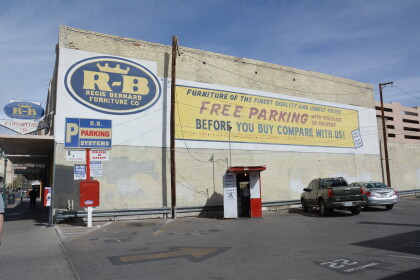
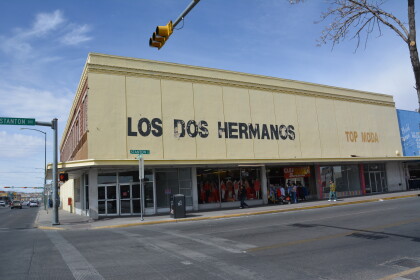
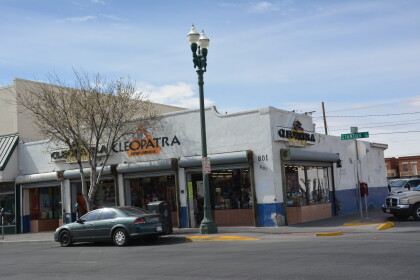
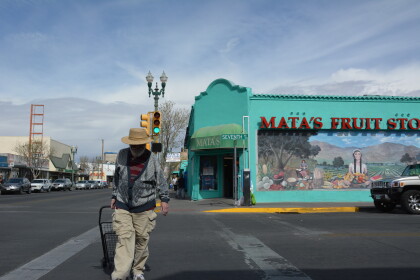

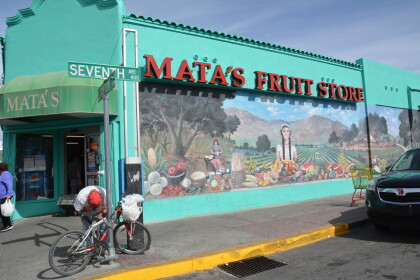
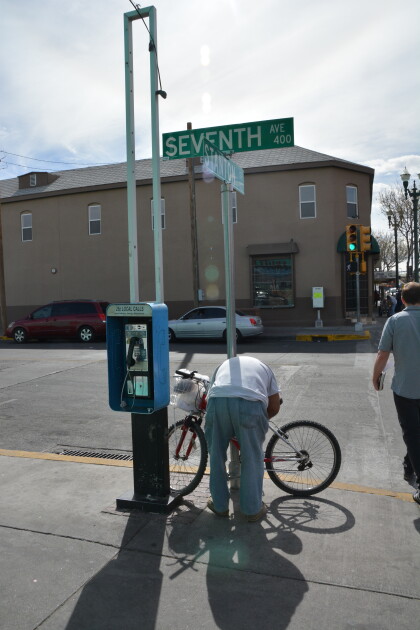
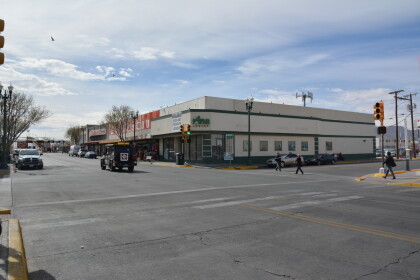
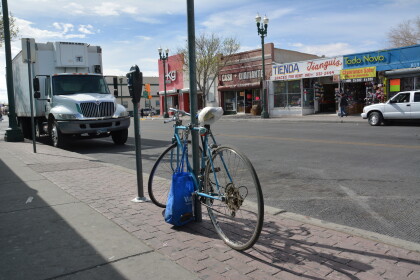
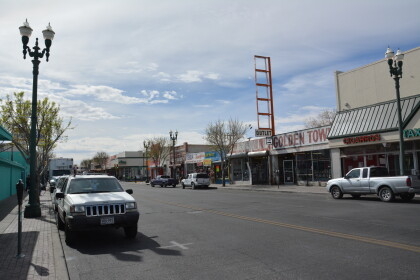
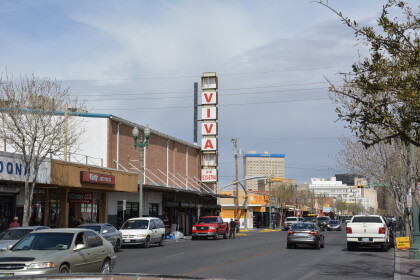
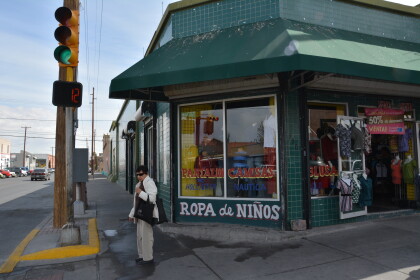
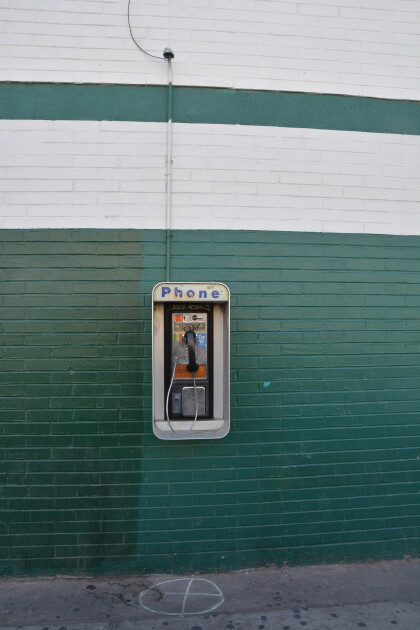
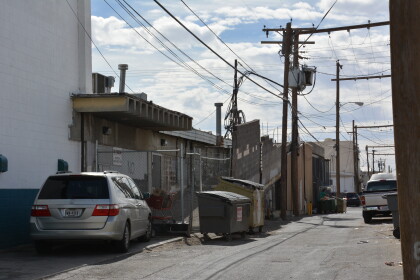
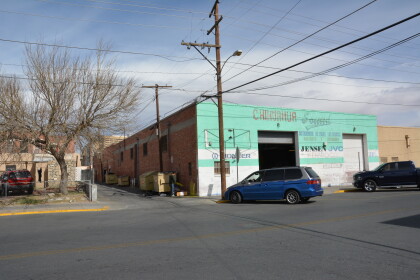
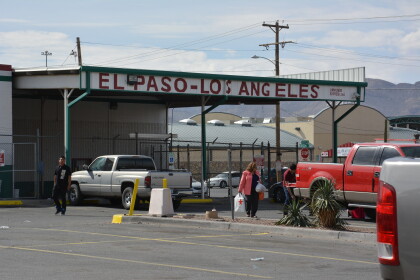
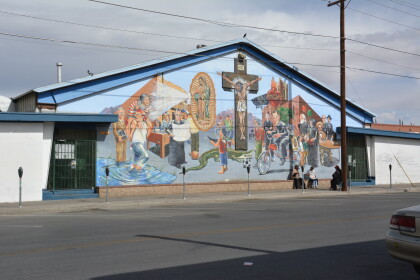
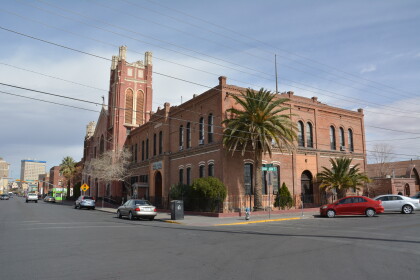
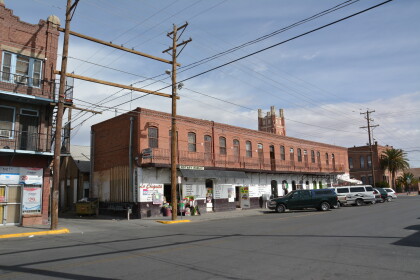
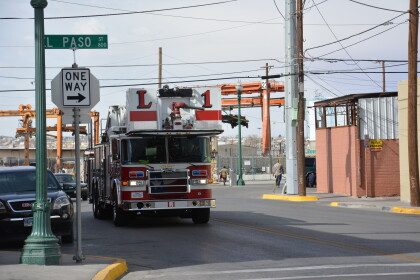
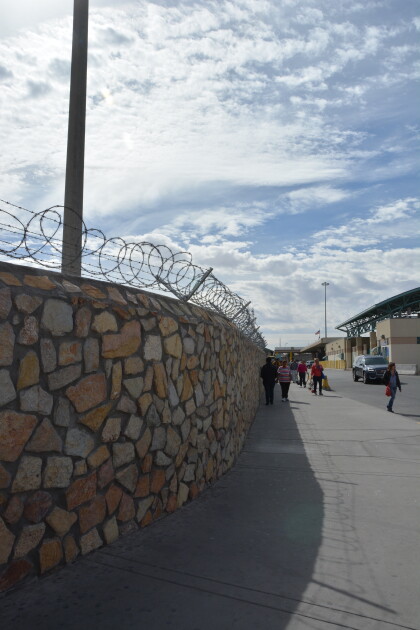
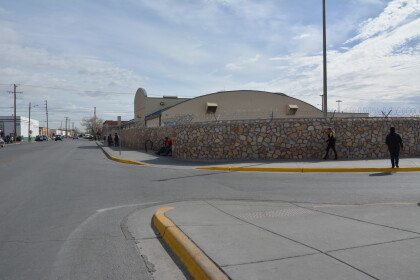
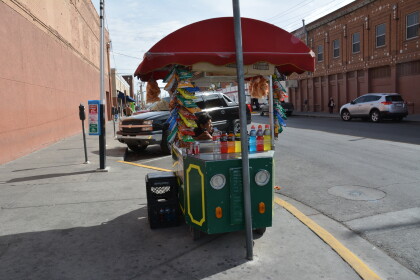
Comments
Add a comment